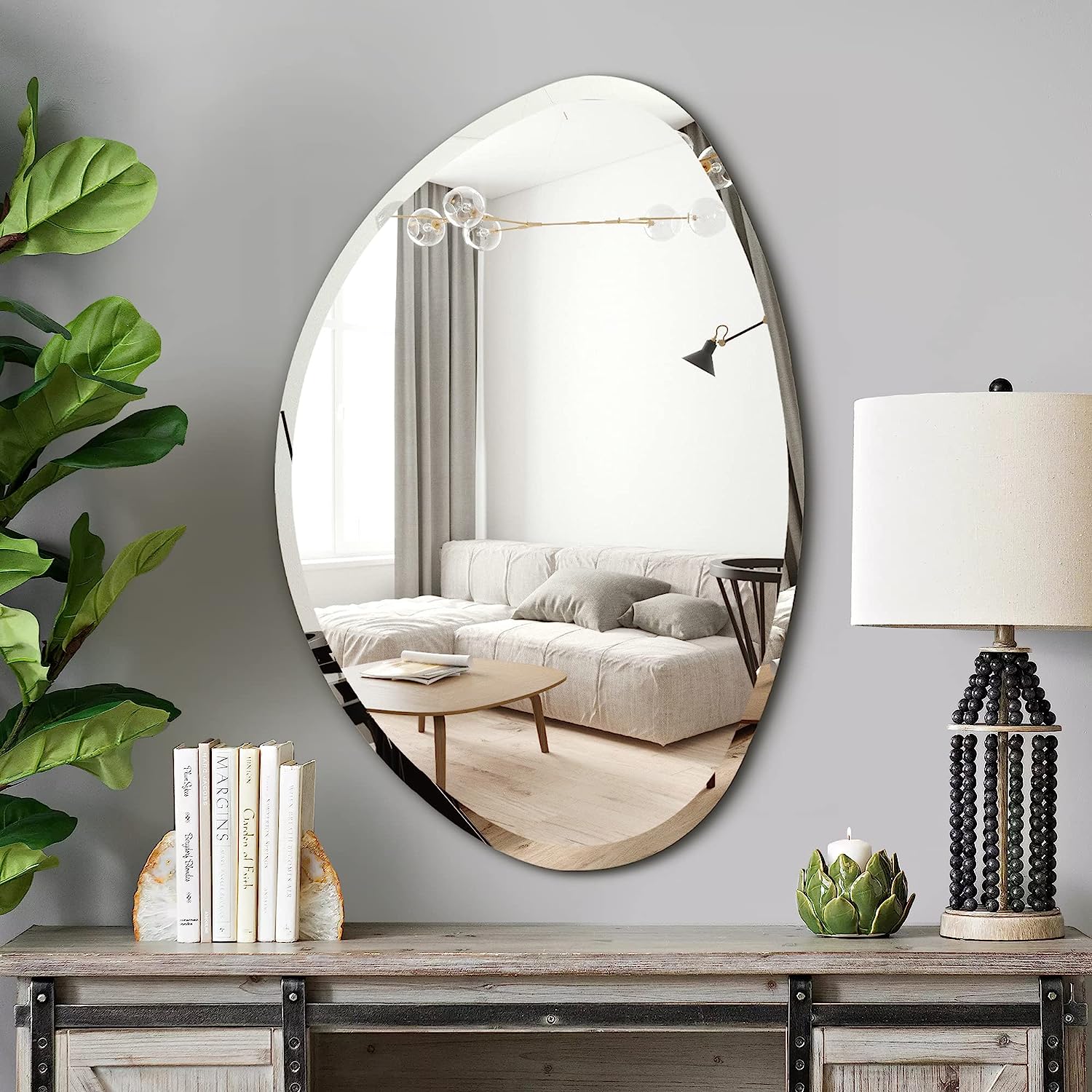
Unlike traditional mirrors with their balanced shapes, asymmetrical mirrors deviate from the norm. These unique mirrors feature irregular and unconventional forms that immediately catch the eye and spark interest. And here is your complete guide to them.
What are They?
Asymmetrical mirrors (also known as “irregular mirrors”) are decorative mirrors that do not conform to traditional symmetrical shapes, such as circles, squares, or rectangles. Instead, they possess unique, irregular shapes or designs that are distinctively uneven or unbalanced, breaking away from traditional design norms.
Unlike standard mirrors, these pieces often serve as art installations in their own right, adding unexpected intrigue and interest to a space. Their unconventional designs can range from slightly off-balanced geometric shapes to completely free-form, organic styles. They’re used both as functional items and decorative pieces in a home. Their distinct shapes add a unique charm and visual interest to any room.
History and Evolution
The tale of asymmetrical mirrors is as reflective of humanity’s creative spirit as the images these mirrors reflect. An exploration of their origins and evolution over time unveils a journey filled with innovation, artistry, and an ever-growing desire to push the boundaries of design.
The concept of mirrors dates back to ancient civilizations, with the earliest mirrors crafted from polished obsidian, a volcanic glass, around 6000 BC in present-day Turkey. However, these were predominantly symmetrical, given the human inclination for balance and harmony. The development and use of asymmetrical mirrors, as we understand them today, took a significant leap forward with the modernist movement in the early 20th century.
The modernist movement, characterized by a departure from traditional forms, played a pivotal role in the birth of asymmetrical mirrors. Designers and artists began experimenting with different shapes, deviating from the norm and creating pieces that challenged the traditional sense of aesthetics. Asymmetry was viewed as a means to capture the dynamic rhythm of the modern world.
The mid-century saw an increased use of asymmetrical mirrors in interior design, particularly in the post-war period where there was a surge in creative expression. Designers started experimenting more, and homeowners were eager to showcase unique, innovative pieces in their homes, creating a demand for these irregularly shaped mirrors.
In the 21st century, the use of asymmetrical mirrors has become widespread. The advent of advanced glass cutting techniques and more accessible production methods have made it possible for these designs to enter homes worldwide. Today, asymmetrical mirrors come in a broad array of designs and sizes, ranging from smaller, subtler pieces for understated elegance to larger, bolder designs that serve as statement pieces.
Moreover, the rise of eclectic and boho design trends in recent years has further fueled the popularity of asymmetrical mirrors. The unconventional and distinctive nature of these mirrors fits perfectly with the eclectic ethos, which values individuality, creativity, and a blend of various styles.
As we look towards the future, the evolution of asymmetrical mirrors is far from complete. With designers continually pushing the boundaries and technology enabling new forms, the story of asymmetrical mirrors is still being written. The only constant in this ever-evolving narrative is the charm and aesthetic appeal that these mirrors bring to our homes, which remains as captivating as ever.
Types of Asymmetrical Mirrors
The world of asymmetrical mirrors is diverse and full of creativity. These mirrors come in various shapes and designs, each with its unique charm and appeal. Some of the popular types include:
Organic Shapes: These mirrors tend to mimic the irregularity found in nature. They might have shapes resembling leaves, waves, or abstract natural forms, and they often have soft, flowing lines.
Geometric Designs: Some asymmetrical mirrors use geometric shapes but with a twist. They may have an irregular arrangement of various geometric forms or feature unconventional, non-symmetrical versions of typical geometric shapes.
Freeform Mirrors: These mirrors have no defined shape and can be any design that the artist imagines. They are truly unique pieces that can add an artistic touch to any space.
Materials and Finishes
Asymmetrical mirrors are a product of design creativity and material innovation. The materials used in the construction of these mirrors and their finishes significantly influence their style, durability, and overall aesthetics.
Glass: The mirror itself is predominantly made of glass. However, there are different types of glass used depending on the design and quality desired. Some mirrors might use clear glass for a perfect reflection, while others might employ tinted or antiqued mirror glass for a vintage or artistic effect. More high-end options might use beveled glass, which adds an extra level of sophistication.
Wood: Wooden frames are a popular choice for asymmetrical mirrors, particularly for rustic, traditional, or Scandinavian interior styles. The wood may be left natural, stained, or painted to complement a room’s color scheme. From teak and oak to pine and mahogany, the variety of wood used can influence the mirror’s color, grain, and longevity.
Metal: Metal frames offer a sleek, modern aesthetic and are often used for contemporary or industrial-themed interiors. Metals such as brass, stainless steel, or even wrought iron can be used. The finishes can vary from polished and glossy to matte or distressed, each providing a unique vibe.
Plastic or Acrylic: For a more affordable yet stylish option, plastic or acrylic frames can be used. They are lightweight, durable, and can be molded into various shapes and sizes. These frames can be colored, clear, or even imitate more expensive materials like wood or metal.
Resin: Resin frames are incredibly versatile and can be crafted into a myriad of intricate shapes and designs. Resin can mimic the appearance of other materials like wood or stone but is lightweight and often more cost-effective. Its durable nature also makes it a popular choice for ornately designed frames.
Composite Materials: Some asymmetrical mirrors may use composite materials—mixtures of plastic, wood, or metal—to create innovative designs and textures. These materials offer versatility and can be a more affordable alternative to pure metal, wood, or resin.
No Frame: Some asymmetrical mirrors forego a frame altogether, focusing on the glass’s shape for visual appeal. These frameless mirrors often feature beveled or polished edges for a clean, modern look.
As for finishes, they can greatly enhance the aesthetic appeal of asymmetrical mirrors:
Polished Finish: This finish gives a glossy, reflective surface, often used with metal frames for a sleek, modern look.
Matte Finish: A matte finish offers a non-reflective, smooth surface. This finish is versatile and can be used with various materials for a more understated elegance.
Distressed Finish: A distressed or antiqued finish gives a mirror a rustic or vintage feel. This finish works great in traditional, farmhouse, or shabby chic styles.
Tinted or Antiqued Mirror Finish: The mirror glass itself can also have a finish. Tinted mirrors provide a subtle color to the reflection, while antiqued mirrors give a weathered, vintage effect.
By understanding the different materials and finishes available, you can choose an asymmetrical mirror that not only complements your décor but also stands the test of time.
Using Asymmetrical Mirrors in Home Décor
Asymmetrical mirrors can be a unique and exciting addition to any home decor. Their distinct and irregular shapes make them more than just functional items; they are statement pieces that can transform any room.
Living Room: One of the most common uses of these mirrors is in the living room. A large asymmetrical mirror can be a dramatic focal point above a sofa or fireplace. Smaller mirrors can be grouped together to create an interesting wall installation. Their distinctive shapes add a dynamic element that can break up the linearity typically found in furniture arrangements.
Bedroom: In the bedroom, an asymmetrical mirror can add a touch of whimsy and personality. They can be used as a vanity mirror, hung above a dresser, or used as an interesting piece of wall art. A full length asymmetrical mirror can also make the room feel larger and more luxurious.
Bathroom: Asymmetrical mirrors can turn an ordinary bathroom into a standout space. A large, organically shaped mirror over the sink can add a touch of elegance, while a mirror with a bold geometric design can make a modern, edgy statement.
Hallway or Entryway: The hallway or entryway is another great place to incorporate an asymmetrical mirror. Here, mirrors not only provide a last-minute check before heading out but can also make the space feel more open and welcoming.
Dining Room: In the dining room, an asymmetrical mirror can add a bit of sophistication and intrigue. When placed correctly, it can also reflect light from a chandelier or candles, creating a warm and inviting atmosphere.
The use of asymmetrical mirrors is not limited to walls only. They can also be used on tables as decorative trays, or on doors for an unexpected surprise. In terms of positioning, consider hanging these mirrors at eye level for maximum impact. Also, think about what the mirror will reflect. A mirror reflecting a beautiful view or an attractive piece of art can double the visual appeal of your space.
Moreover, remember that asymmetrical mirrors can work with a variety of decor styles. They can complement a modern or minimalist design with their clean lines and unusual shapes, or they can add an eclectic touch to a boho or vintage-inspired space.
Ultimately, the key to successfully incorporating asymmetrical mirrors into your home décor is to treat them as pieces of art. Let them shine and make a statement. By doing so, they’ll add character, interest, and a touch of unexpected charm to your home.
How to Choose an Asymmetrical Mirror
Choosing the right asymmetrical mirror for your space involves more than just picking out a design you like. There are several factors to consider to ensure that your mirror complements your decor and fulfills your needs. Here are some tips to guide you:
Consider the Size: The size of the mirror plays a crucial role in its impact. A larger mirror can serve as a focal point and create a sense of spaciousness, while smaller mirrors can be used to accentuate certain areas or grouped together to create a gallery wall. Take measurements of your wall space before you shop to ensure the mirror will fit perfectly.
Choose the Right Shape: The beauty of these mirrors lies in their varied and unique shapes. Decide on a shape that complements your room’s decor. For instance, organic shapes work well with natural elements, while geometric shapes pair well with modern, minimalist decor.
Think About the Frame: The frame can dramatically affect the mirror’s overall look. Choose a frame material and finish that aligns with your room’s aesthetic. Frameless asymmetrical mirrors provide a sleek, modern look, while mirrors with metallic or wooden frames can bring in a touch of elegance or rusticity.
Reflect on the Mirror’s Function: Are you choosing a mirror purely for decorative purposes, or will it serve a functional role? If it’s meant for practical use, such as in a bathroom or dressing room, ensure it’s large enough and placed at the right height.
Look at the Lighting: Mirrors can effectively enhance the lighting in a room. Consider where light comes into your space, and position your mirror where it can catch and reflect this light.
Stick to Your Budget: Asymmetrical mirrors range widely in price, depending on the size, material, and design intricacy. Establish your budget before you begin shopping to narrow down your options.
Trust Your Instincts: Lastly, choose a mirror that you love. As asymmetrical mirrors are often used as statement pieces, it’s important to choose one that resonates with your personal style and makes you happy every time you look at it.
By considering these factors, you can choose an asymmetrical mirror that not only enhances your space but also reflects your unique personality and style.
Care and Maintenance of Asymmetrical Mirrors
While all mirrors need a certain level of care to keep them clean and well-maintained, asymmetrical mirrors, due to their unique shapes and designs, require a slightly different approach. Here are some tips to keep your asymmetrical mirror looking its best:
Gentle Cleaning: As with any mirror, use a soft, lint-free cloth to clean the surface. Avoid using abrasive materials as they may scratch the mirror surface. It’s advisable to use a solution of vinegar and water or a specialized glass cleaner to remove smudges or fingerprints.
Care for the Frame: Given that asymmetrical mirrors often come with unusual frame designs made from a variety of materials, it’s essential to take care of the frame as much as the mirrored surface. Dust the frame regularly to prevent build-up.
For metal frames, a soft cloth with a little soapy water can work, but be sure to dry it thoroughly. For wooden frames, wood cleaner or polish can keep them looking fresh. Resin frames can be cleaned with a damp cloth and mild detergent.
Mind the Edges: Asymmetrical mirrors, especially frameless ones with beveled edges, may have more fragile or exposed edges compared to standard mirrors. Be extra careful when cleaning these areas, and always handle the mirror by the frame or sturdier parts of the design.
Regular Inspections: Given the artistic designs of asymmetrical mirrors, it can be easier for damages to go unnoticed. Regularly inspect your mirror for any chips, cracks, or discoloration. If you catch these issues early, it might be possible to repair them before they become significant problems.
Correct Hanging: Asymmetrical mirrors can be heavier or more awkwardly balanced than regular mirrors, so ensure that they are correctly and securely hung. Check regularly that the mirror is still secure, and make sure it’s hung in a place where it won’t be easily knocked or disturbed.
Avoid Harsh Conditions: Try to avoid placing your mirror where it will be exposed to harsh light or moisture as these conditions can damage the mirror over time. This is especially important for mirrors with wooden or metal frames which can warp or corrode, respectively.
Professional Cleaning: If your mirror is exceptionally large, intricate, or made from delicate materials, it might be worth considering professional cleaning to ensure its longevity.
Remember, the irregular shapes and unique designs of asymmetrical mirrors may require extra attention during cleaning and maintenance. By following these tips, you can ensure your asymmetrical mirror remains a captivating part of your home decor for years to come.
Start Shopping for Asymmetrical Mirrors!
The Ultimate Guide To Geometric Mirrors
Buy on Amazon From mesmerizing shapes to artistic designs, geometric mirrors have the unique ability to both reflect the surroundings and complement them, adding depth and visual interest. And this guide covers everything you need to know about these unique pieces,...
Octagon Mirrors: The Buyer’s Guide
Buy on Amazon Octagon mirrors, with their unique design, bring a combination of modern minimalism and classic appeal to any room. They interact with light in a distinctive way, creating a dynamic interplay of reflections. In this guide, we'll delve into all aspects of...
Hexagon Mirrors: An Insider’s Guide
Buy on Amazon Hexagon mirrors, with their unique design, offer a stylish and versatile choice for home decor. Serving both functional and aesthetic purposes, they range from single statement pieces to smaller tiles for creating captivating patterns. This guide covers...
Gold Mirrors: Everything You Need To Know
Buy on Amazon Gold mirrors, with their radiant frames, embody a unique blend of luxury and versatility, adding timeless elegance to any decor. Their charm spans various styles, cultures, and periods, reflecting more than just the viewer's image. Here is your complete...
All About Arched Mirrors: The Total Guide
Buy on Amazon Arched mirrors are a perfect blend of style and purpose, adding beauty to any room they adorn. They're more than mirrors - they're elements that can transform your space. Discover everything about arched mirrors in this straightforward guide. What are...
The Ultimate Guide To Baroque Mirrors
Buy on Amazon Baroque mirrors are beautiful, large mirrors known for their detailed and ornate designs. They come from a time in history when art was grand and full of drama. Here is your complete guide to these unique mirrors, which includes their history, special...
The Total Guide To Rustic Mirrors
Buy on Amazon Rustic mirrors effortlessly blend functionality and style, adding a warm, inviting touch to any room. They are more than just mirrors; they are statement pieces with a rich character. Here is your straightforward, comprehensive guide to understanding and...
The Complete Guide To Sunburst Mirrors
Buy on Amazon Are you ready to add a touch of elegance and sophistication to your home? Sunburst mirrors are timeless and versatile decor pieces that serve as beautiful focal points and bring light and energy into any space. So here is your complete guide to these...
The Ship Wheel Mirror: An Insider’s Guide
Buy on Amazon There are only a handful of mirror options that can be used successfully in nautical-style spaces and beach homes. A ship wheel mirror however is one that is sure to provide both the look and feel you’re after. And with this guide, you’ll soon be on your...
A Nautical Rope Mirror Makes Seaside Dreams Come True
Buy on Amazon Anyone who’s a fan of nautical décor knows just how big of an impact it can make, especially when it is something as functional as a mirror. Whether you want to create a seaside feel, add to one, or need something to complete it, a nautical rope mirror...
Bring The Beach Home With A Driftwood Mirror
Buy on Amazon When you would like to create a beach, coastal, or even tropical feel your standard wooden mirror frame just won’t do, a much better choice is driftwood. With beauty that has been crafted by the natural weathering of the water, sun, and sand a driftwood...
Get Nautical With A Porthole Mirror
Buy on Amazon Many people prefer a nautical theme when it comes to the design of their space. Yet they often become stuck when trying to decide on what type of mirror will work best with one. Luckily for them, there is a fun solution, a porthole mirror. What’s A...
Add Interest To Your Wall With A Window Mirror
Buy on Amazon When you’re looking for something to add interest to your wall, not all mirror types will do. You’ll want something that is a little different and of course eye-catching. A window mirror is not only both of these but often much more. Also sometimes...
The Ultimate Guide To LED Mirrors
Buy on Amazon LED stands for "light-emitting diodes". Unlike fluorescent and incandescent bulbs, LEDs use the movement of electrons to convert electricity to light. Mirrors with LED lights offer many unique advantages and features to consumers and also come in a range...
The 5 Minute Guide To Standing Mirrors
Buy on Amazon A free standing mirror is a mirror that is not attached to the wall or a vanity. Instead, it uses a base to stand upright on its own. There are a few different types all of which can make an attractive and functional addition to your home as well as make...
Everyone Needs A Full Length Mirror
Buy on Amazon There’s nothing worse than arriving at the office, at a party, or an important function only to realize your outfit doesn’t completely match or look how you thought it would. Smaller mirrors may be excellent for applying makeup, doing your hair, or just...
A Mirror Jewelry Armoire The Perfect Solution For Staying Organized
Buy on Amazon Keeping your jewelry organized and tangle-free can be a huge hassle particularly if you own a lot of it. Even harder is finding a storage solution that can handle all of your jewelry but is also close enough to your mirror to make accessorizing...
Everything You Need To Know About Vanity Mirrors
Buy on Amazon One of the most well-known types of all mirrors and also one of the most common is the vanity mirror. However, since there are quite a few different types all of which that go by the same name, plus different types of vanity furniture it can be a little...
The Total White Mirror Guide
Buy on Amazon White is an excellent color to use for any piece of home décor for many reasons, but particularly when it comes to mirrors. Since it is a neutral color it can work with, match, and also complement any existing color scheme you already have or are...
A Mirror Nightstand For Unmatched Elegance
Buy on Amazon A nightstand is a small bedside table that makes life much more convenient. Used to keep things we need and use on a regular basis within easy reach of your bed such as alarm clocks, charging cell phones, glasses of water, lamps, eyeglasses, and...
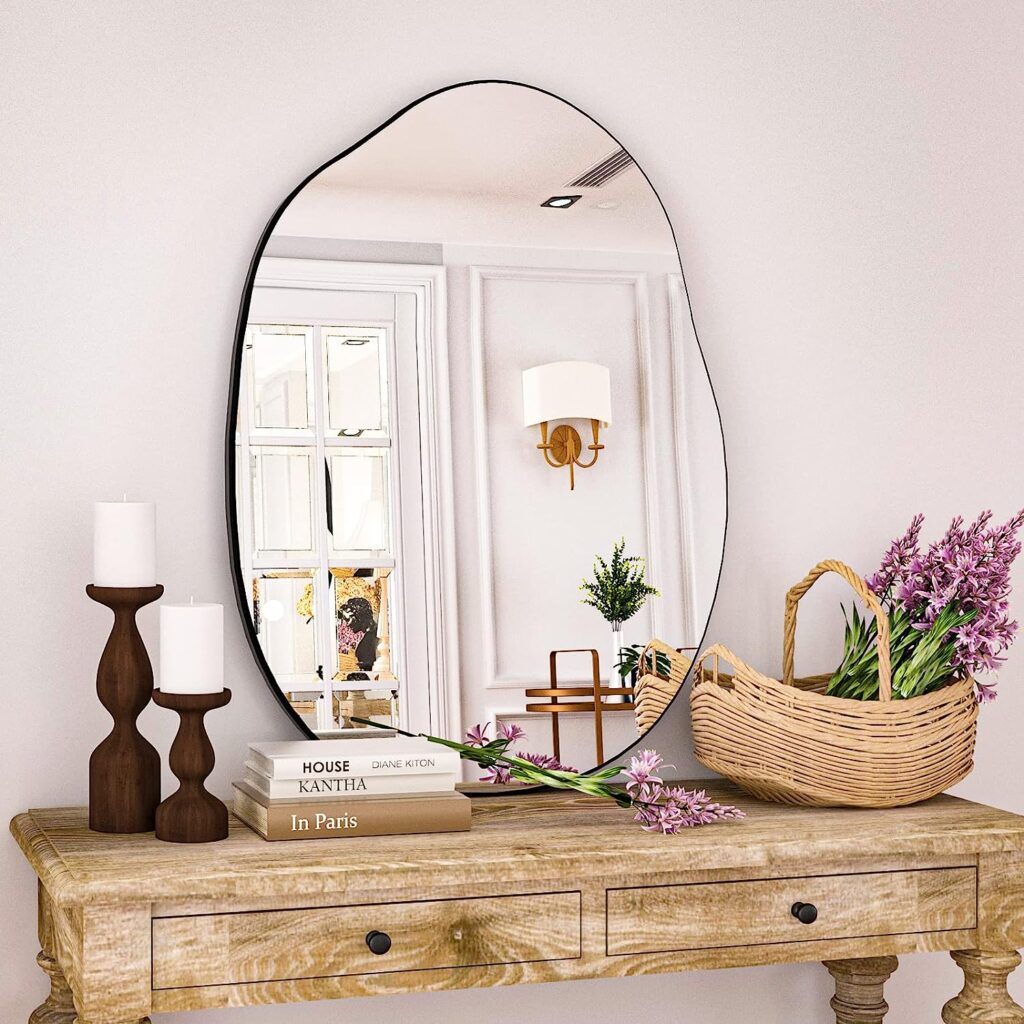
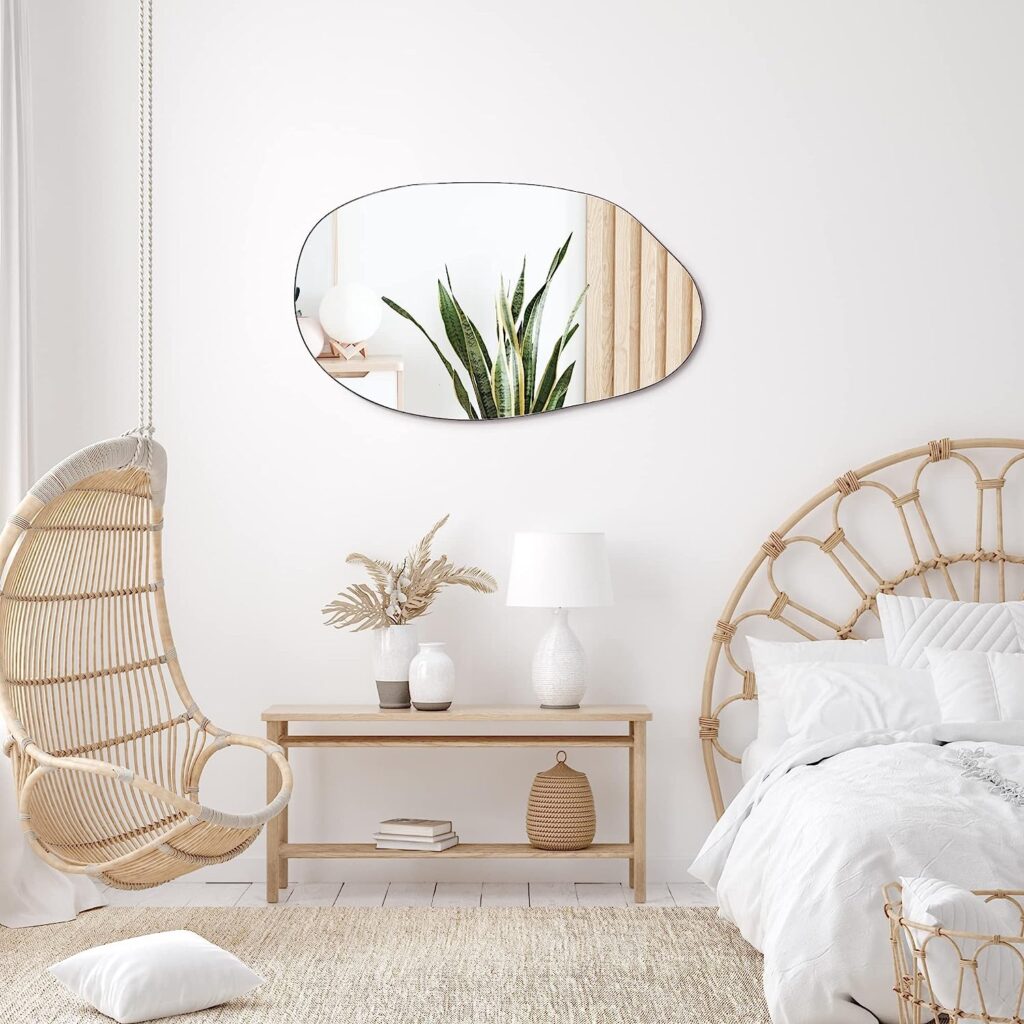
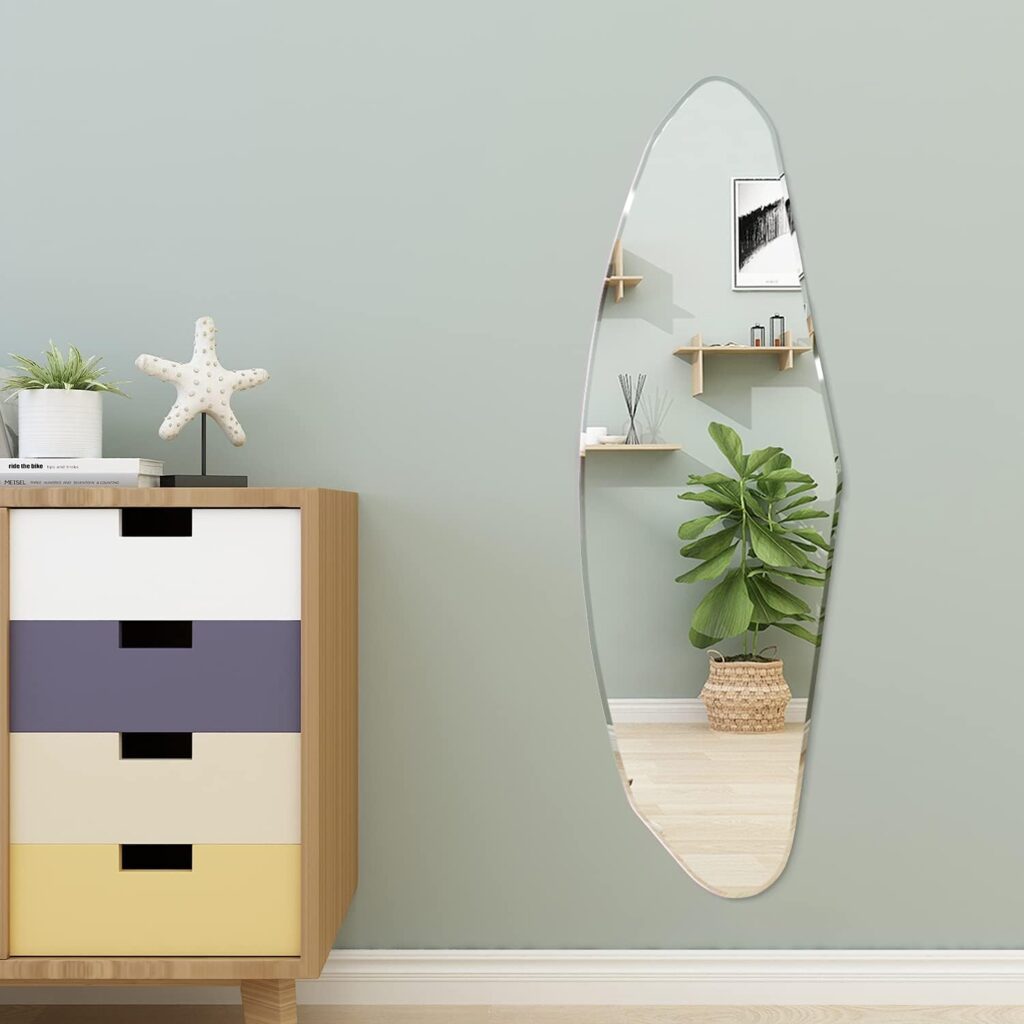
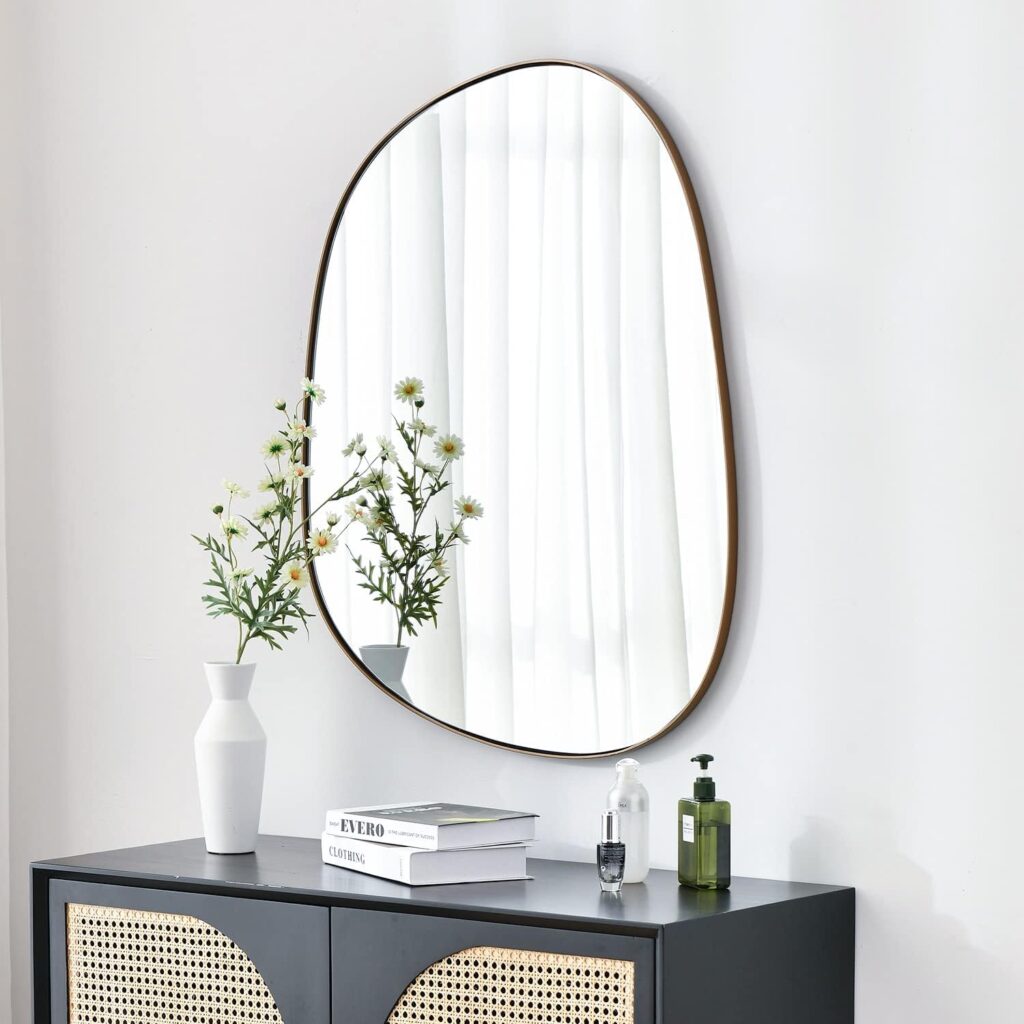
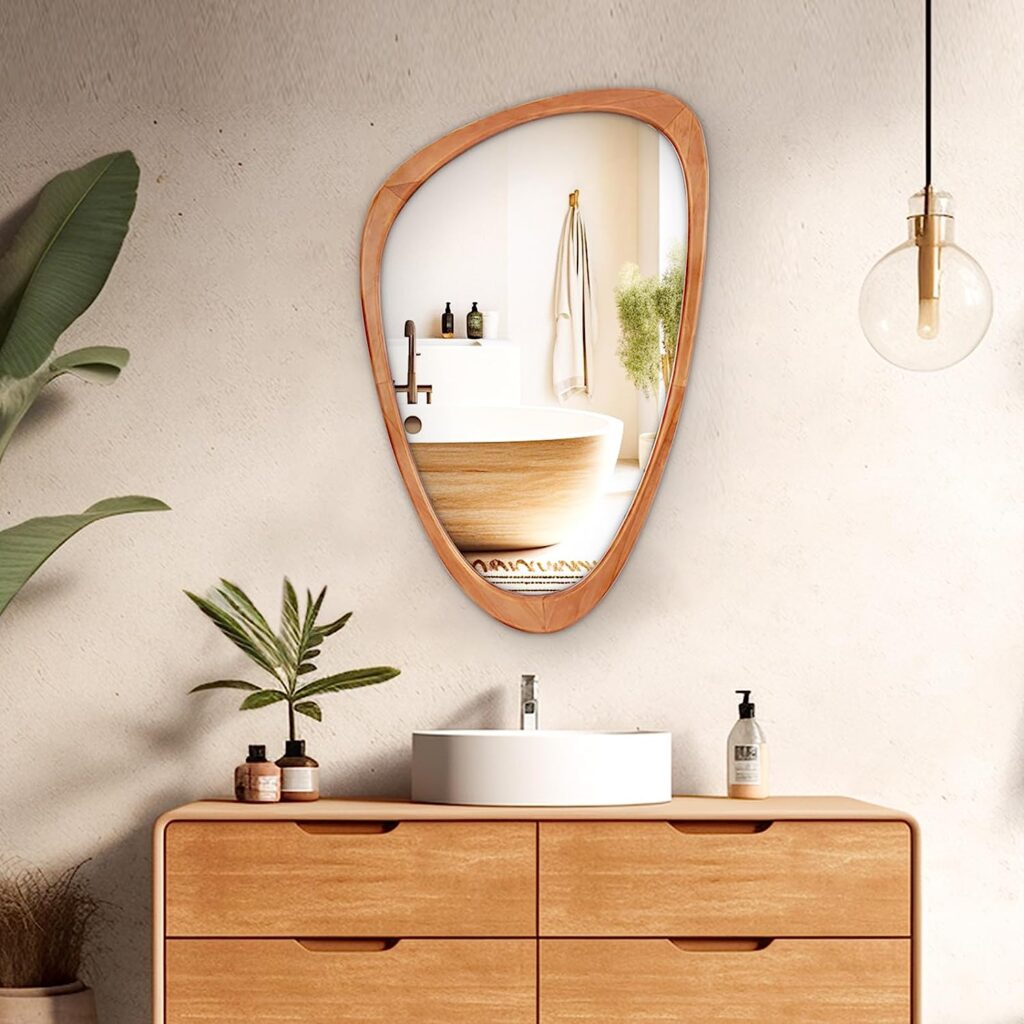
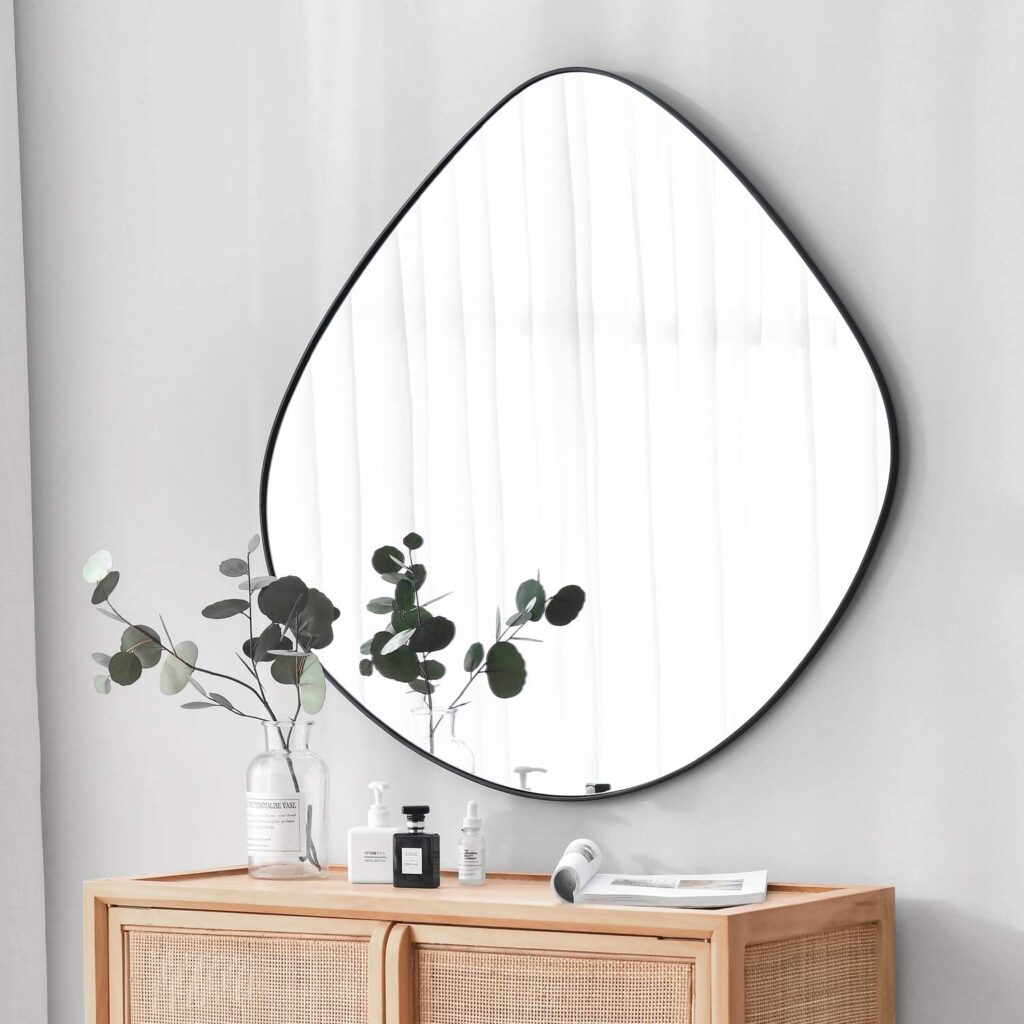
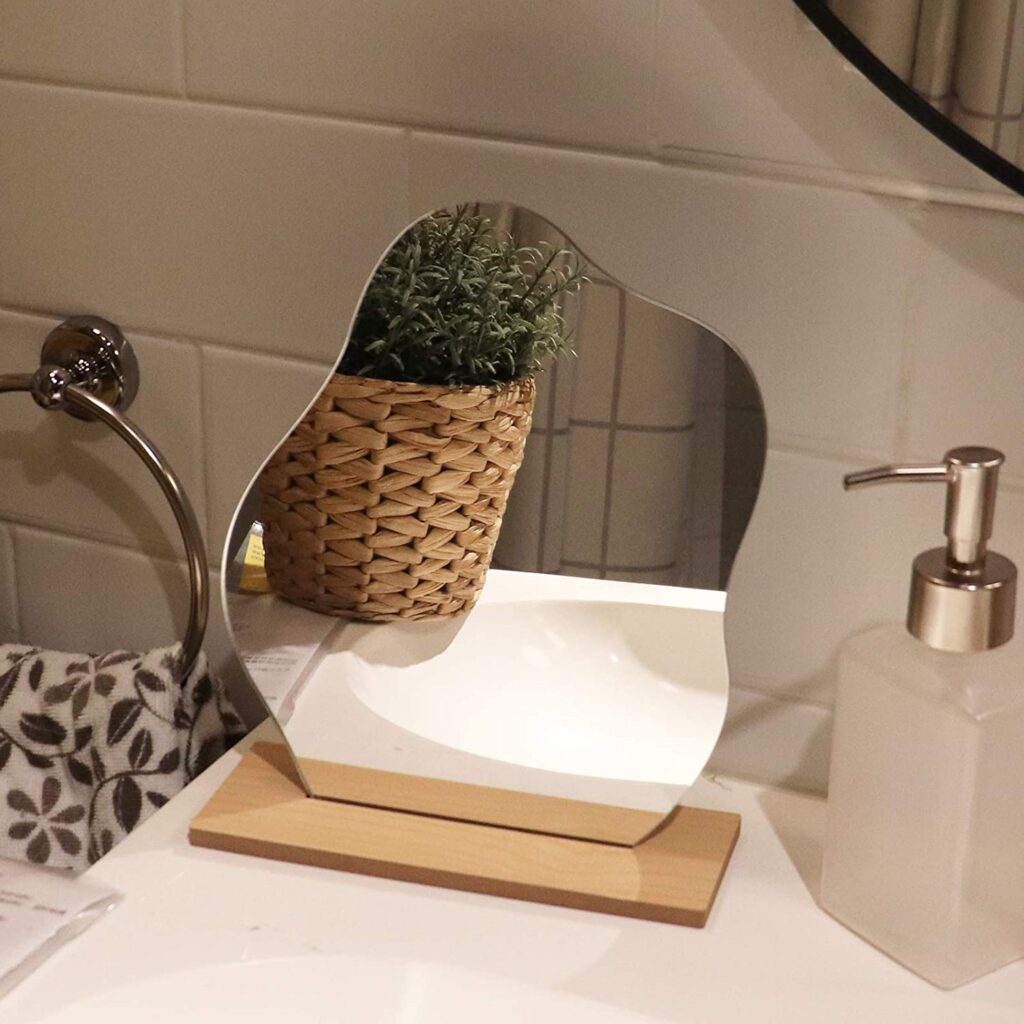
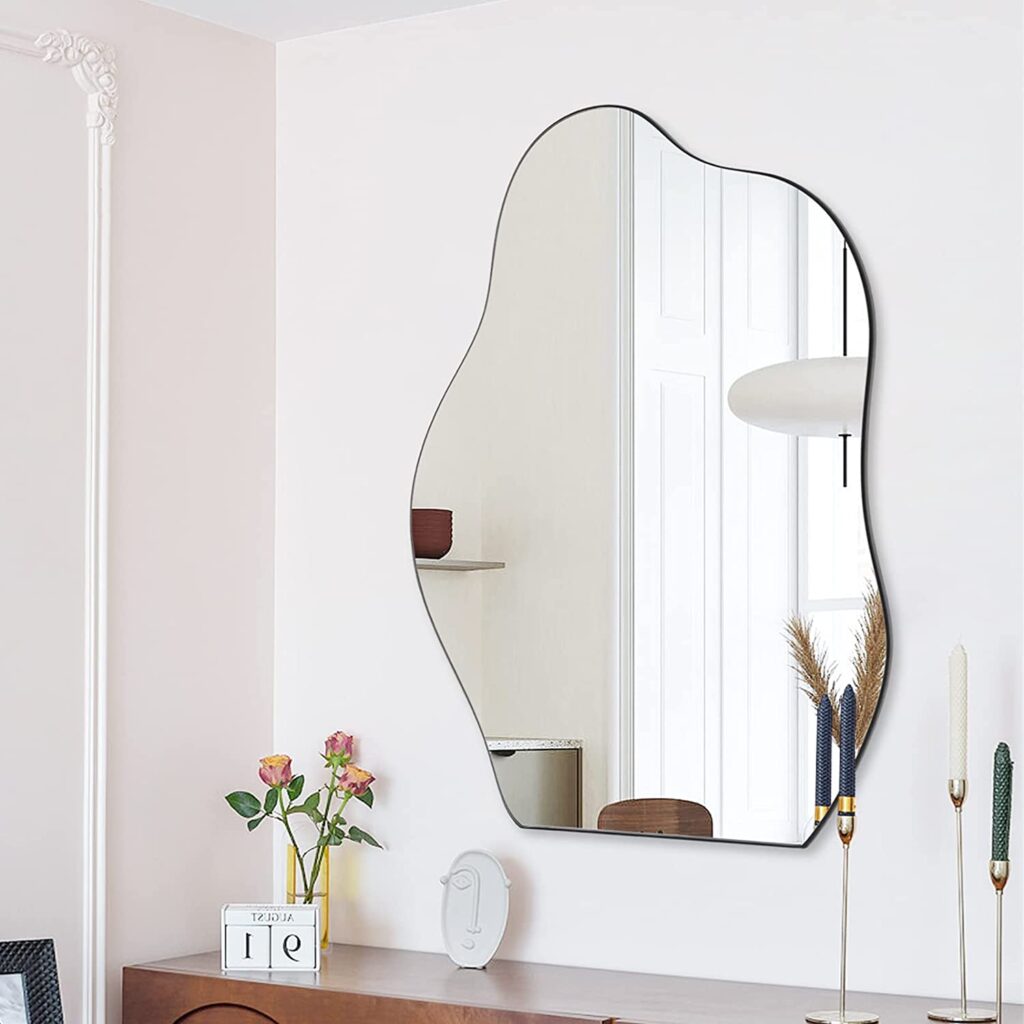
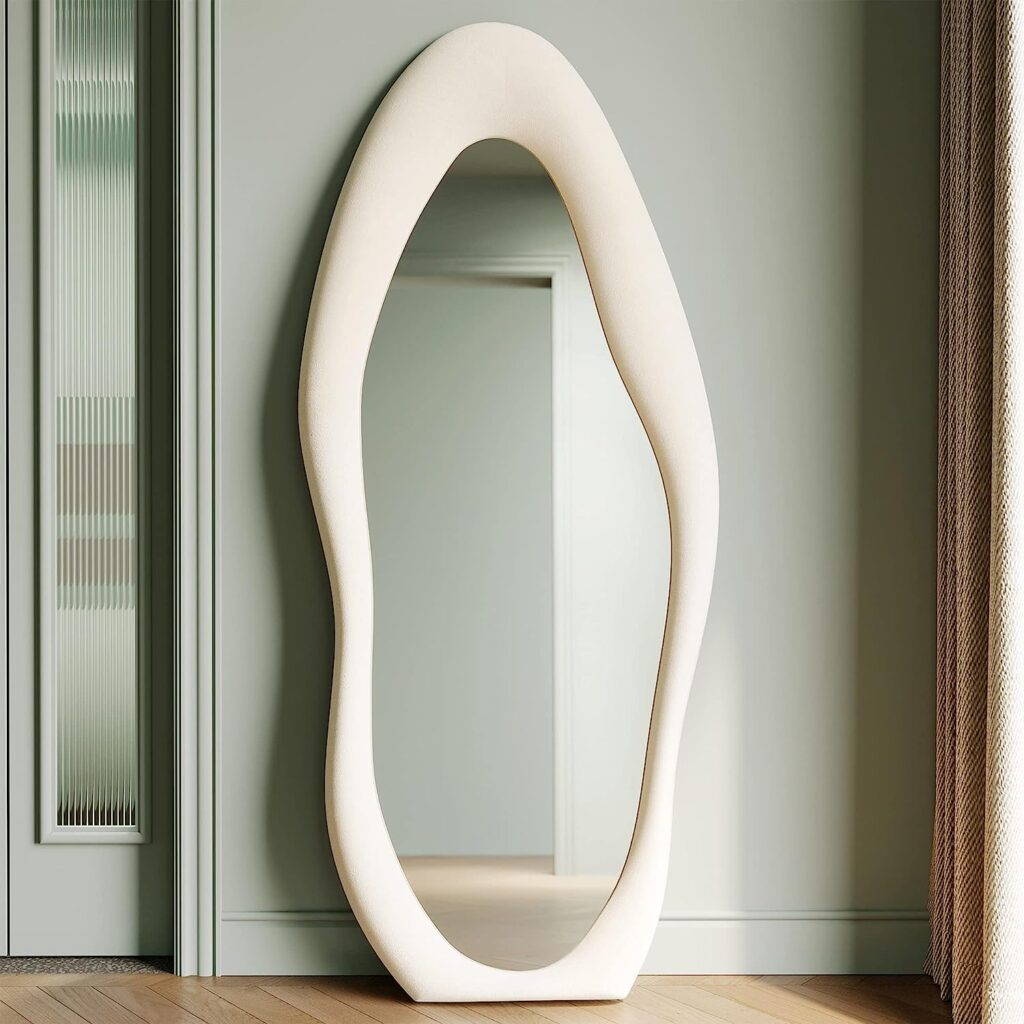
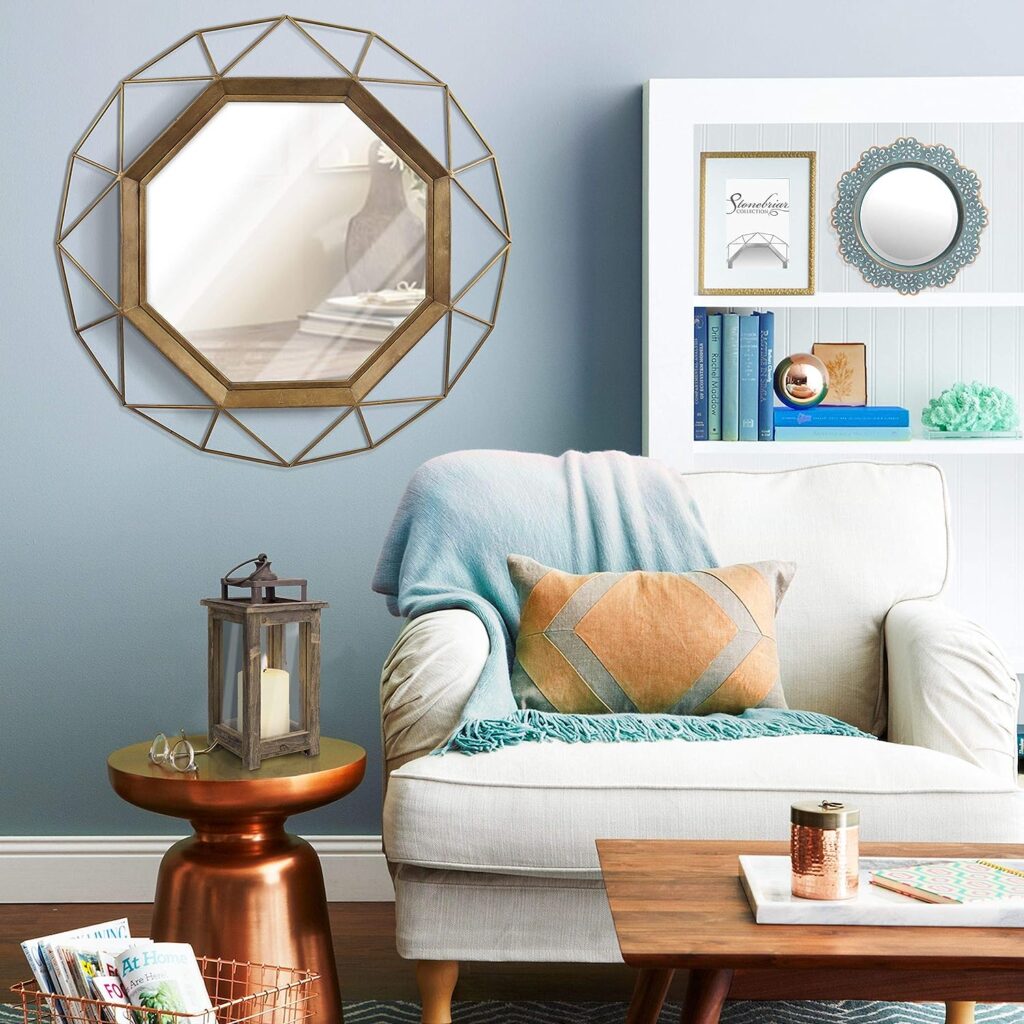
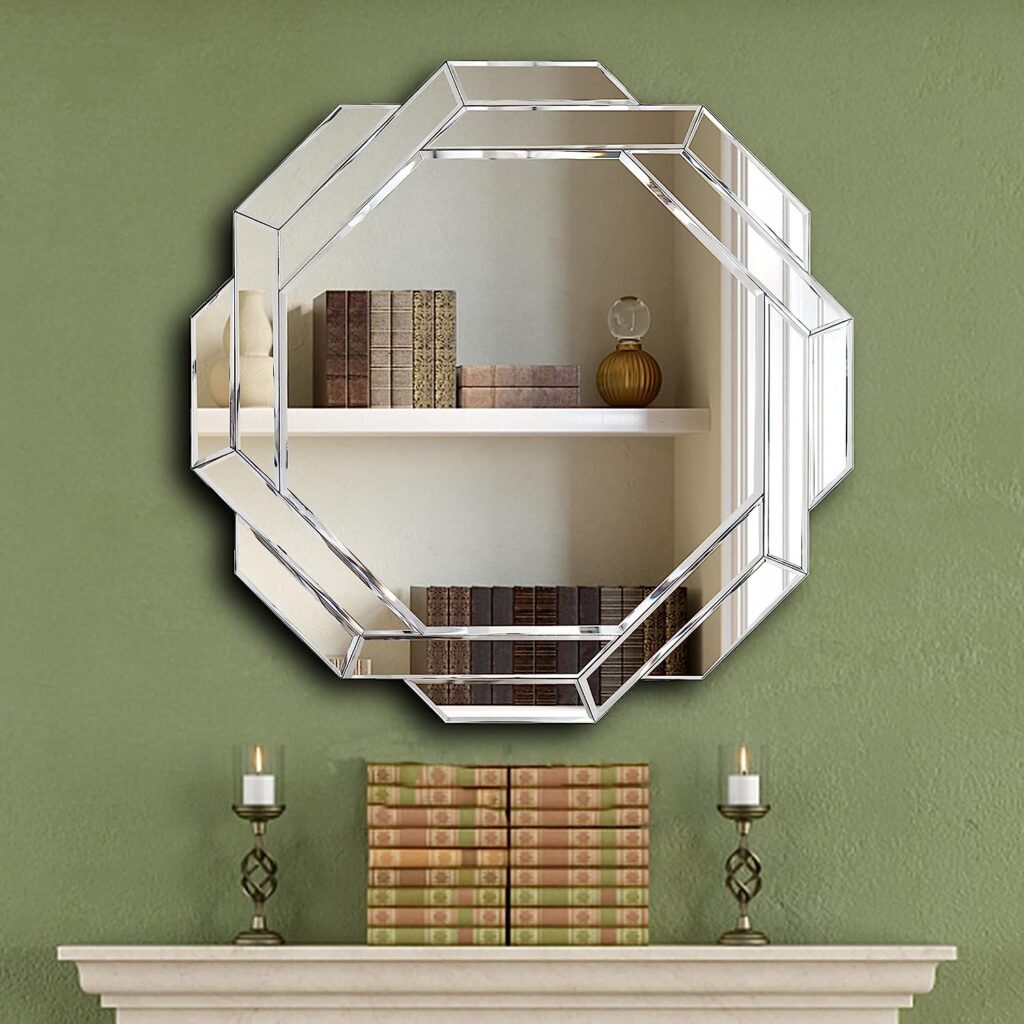
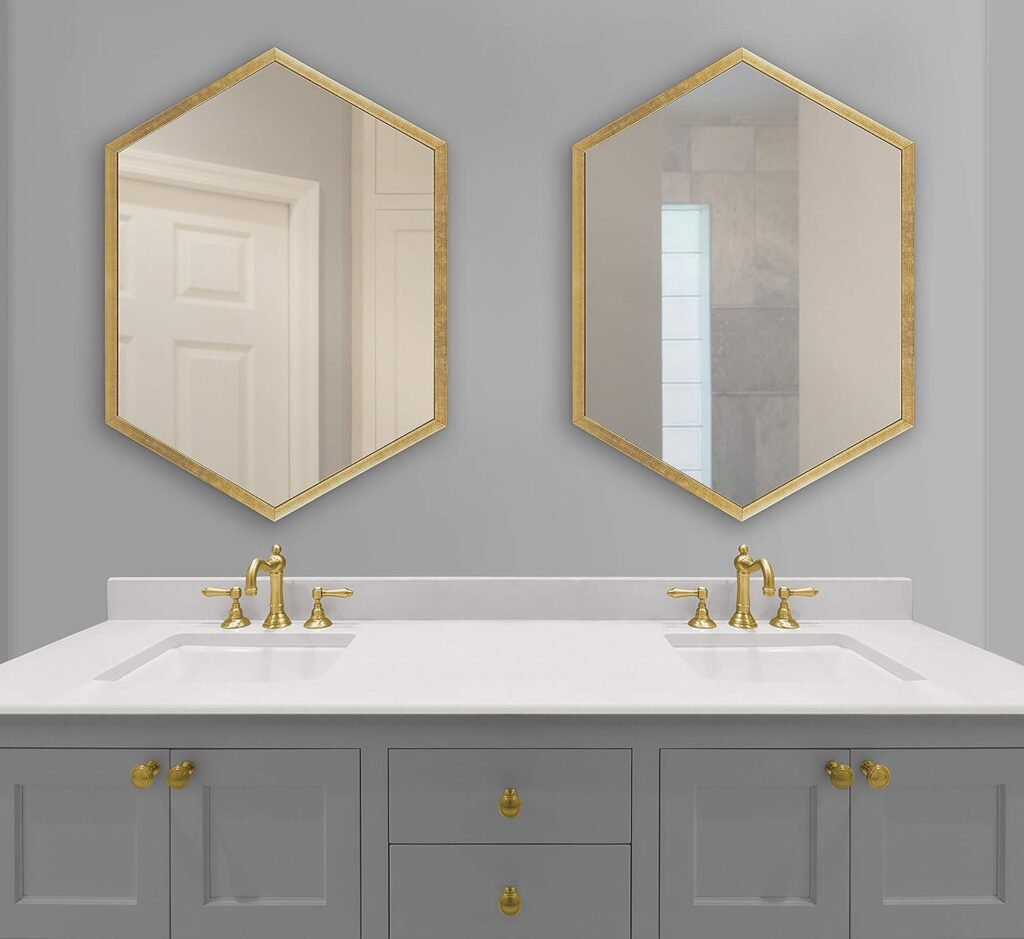
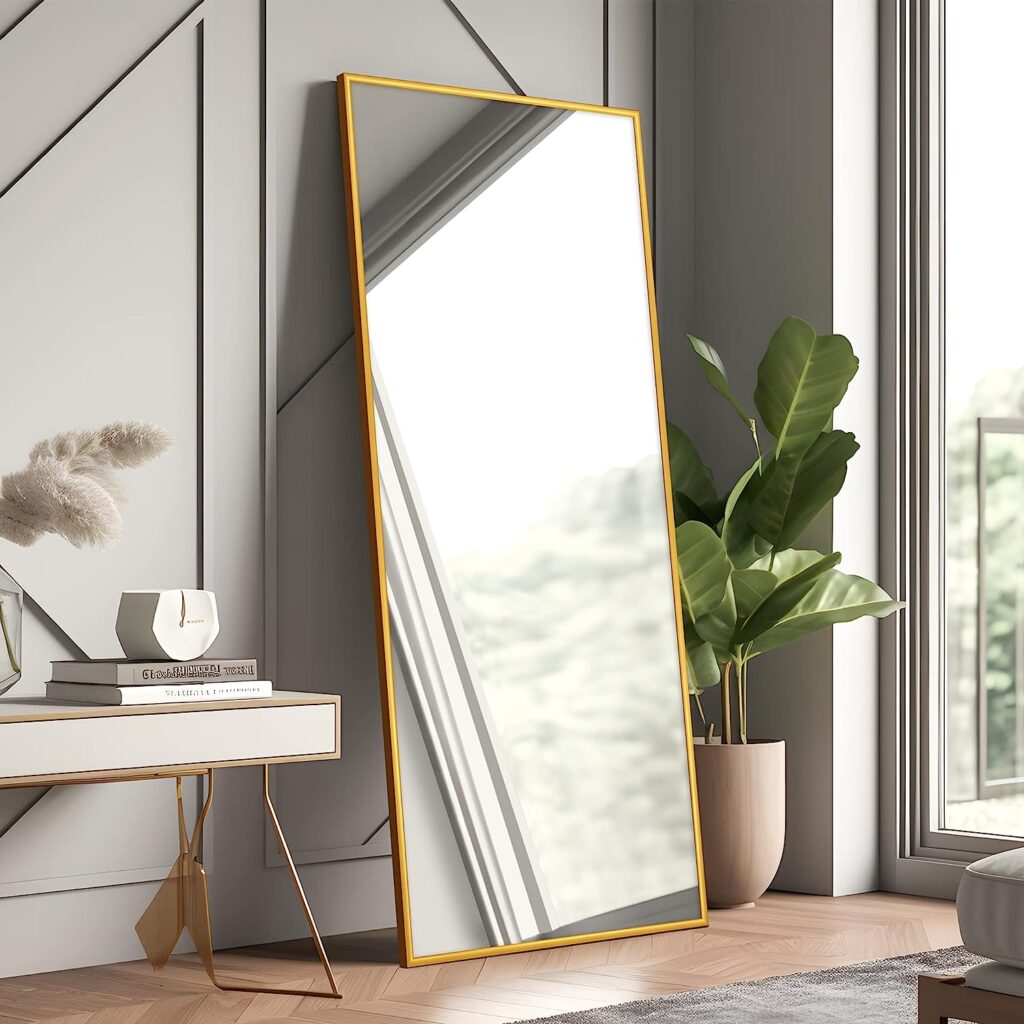
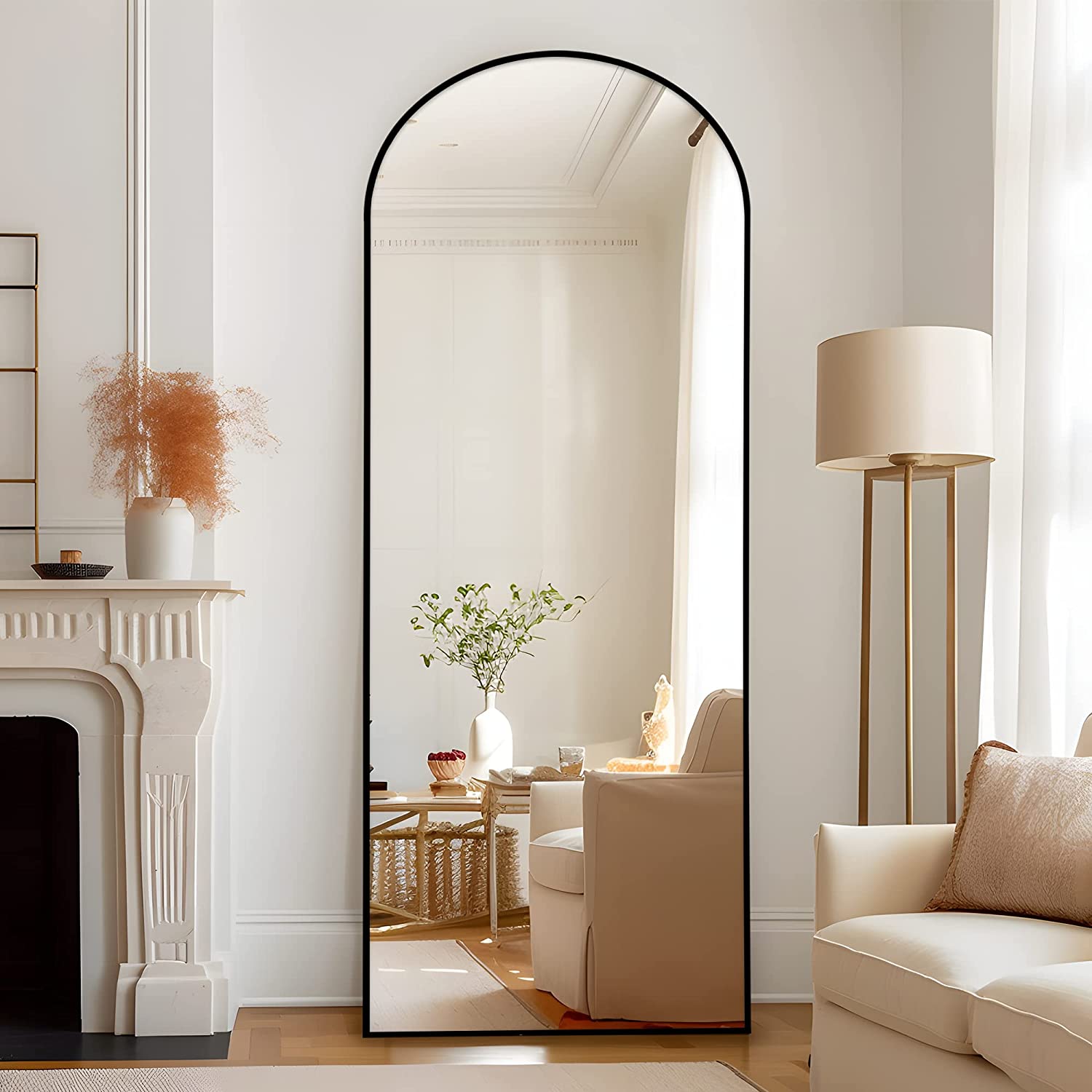
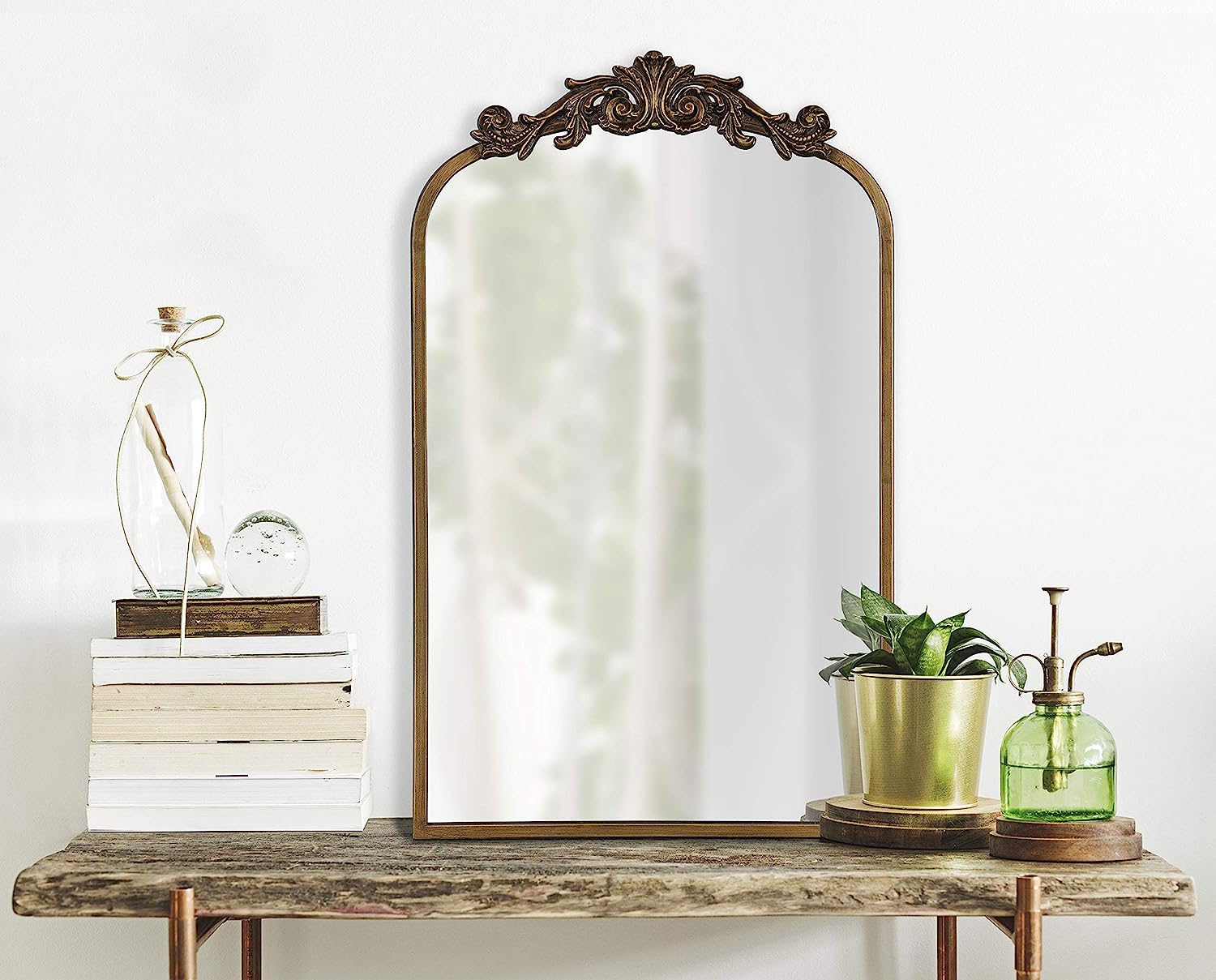
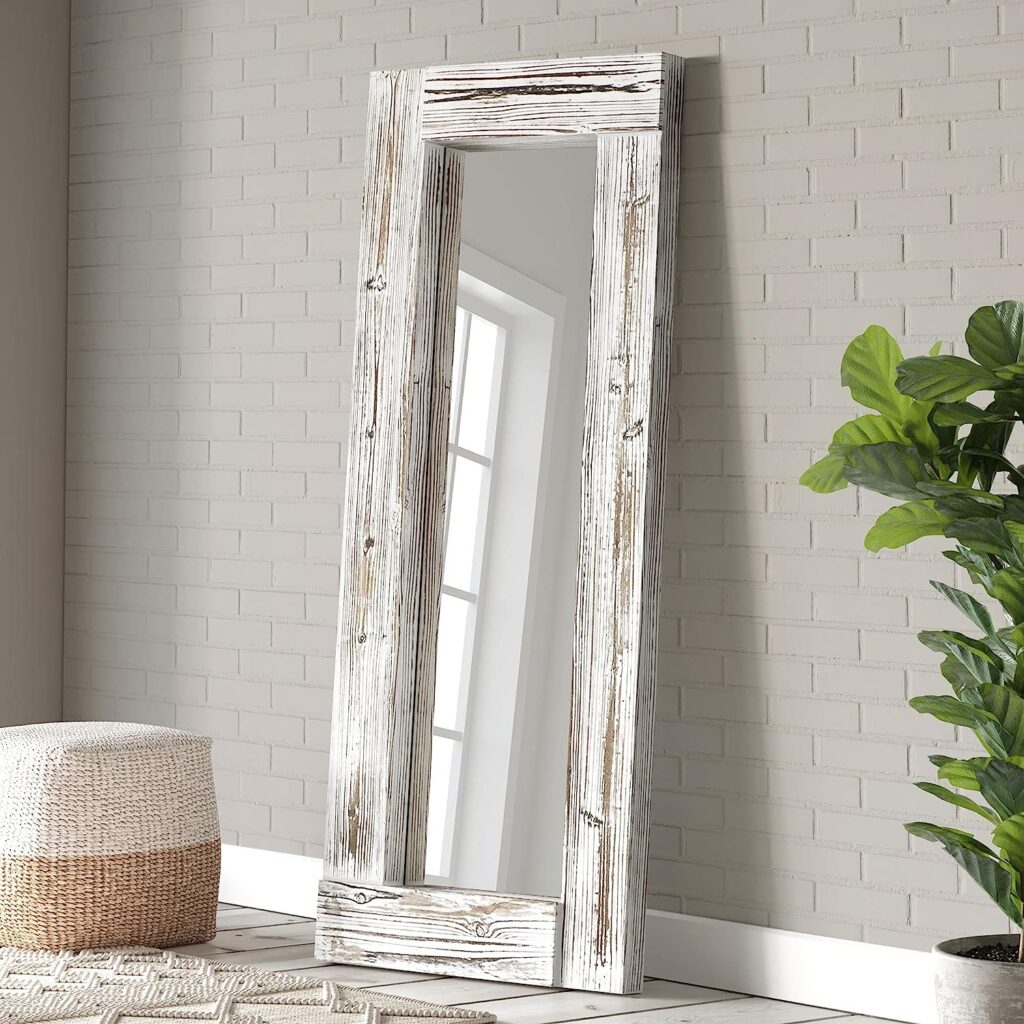
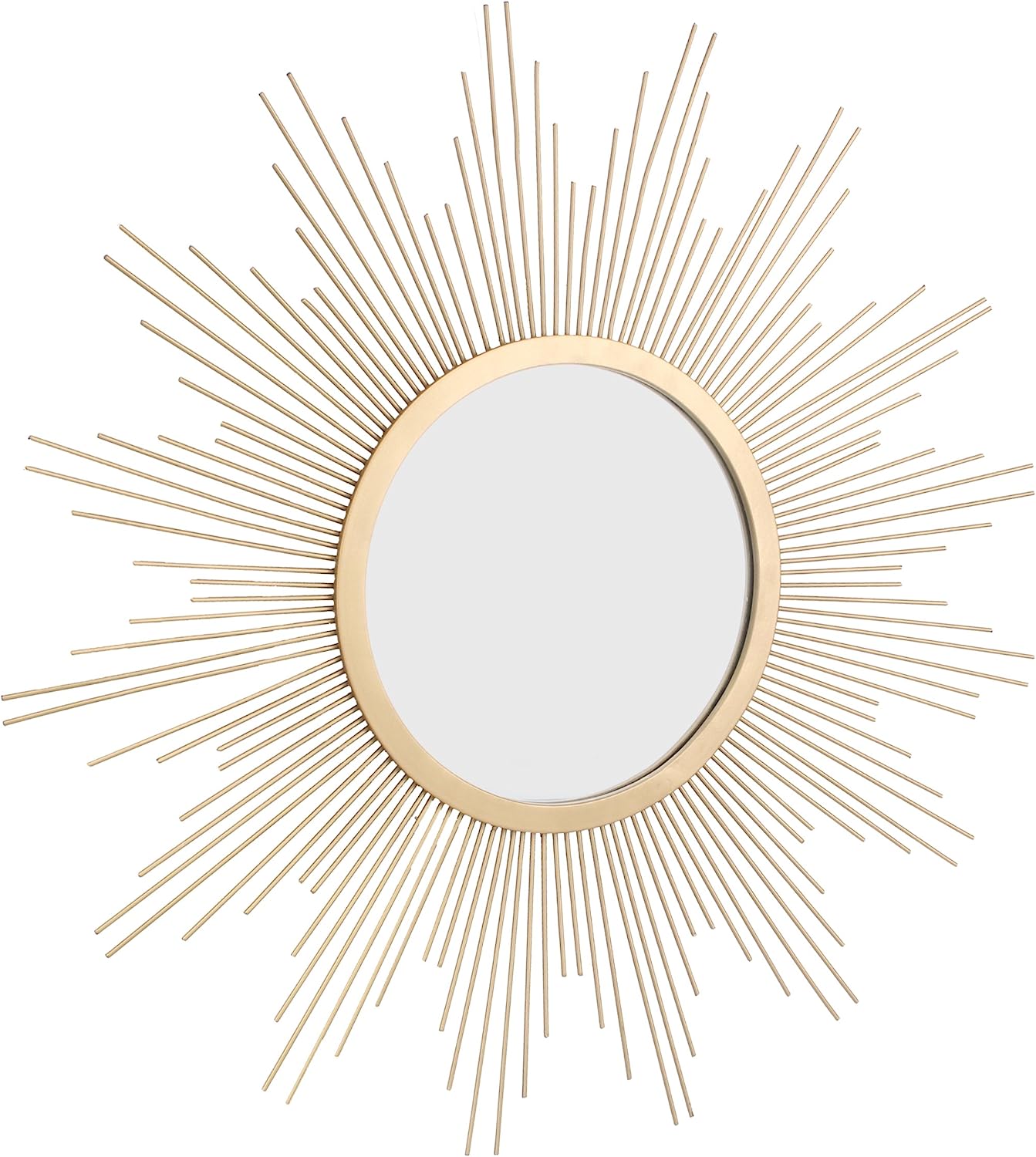
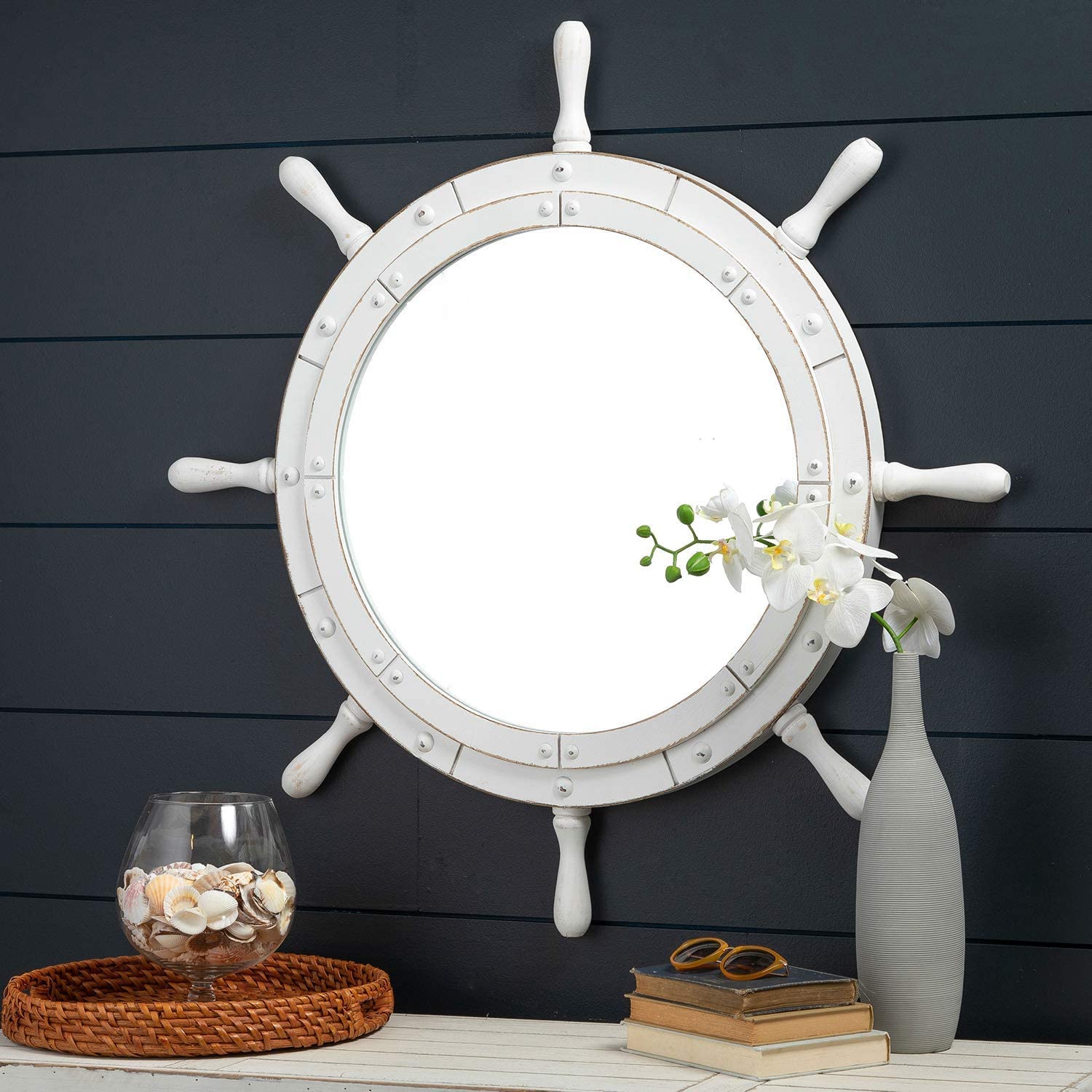
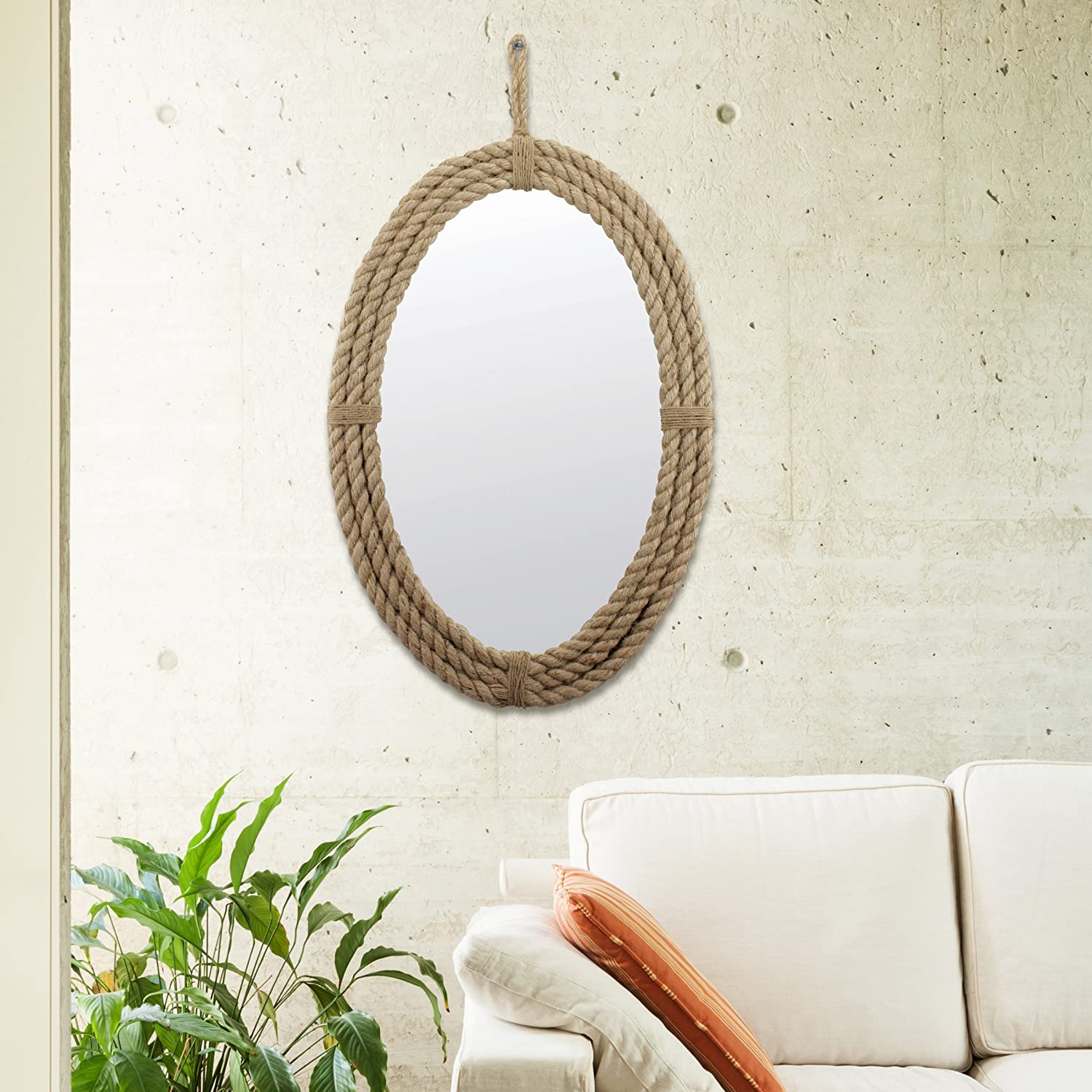
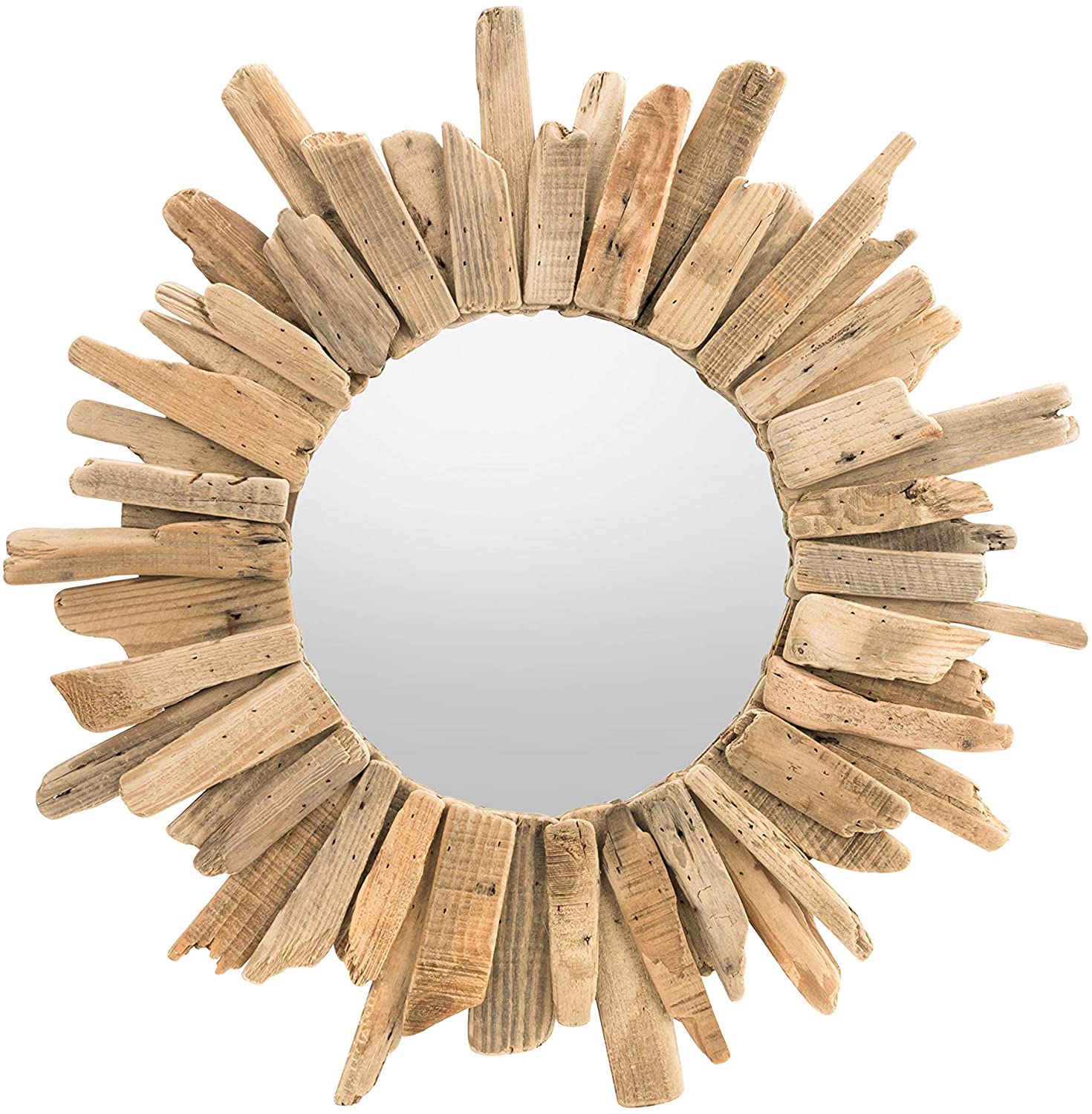
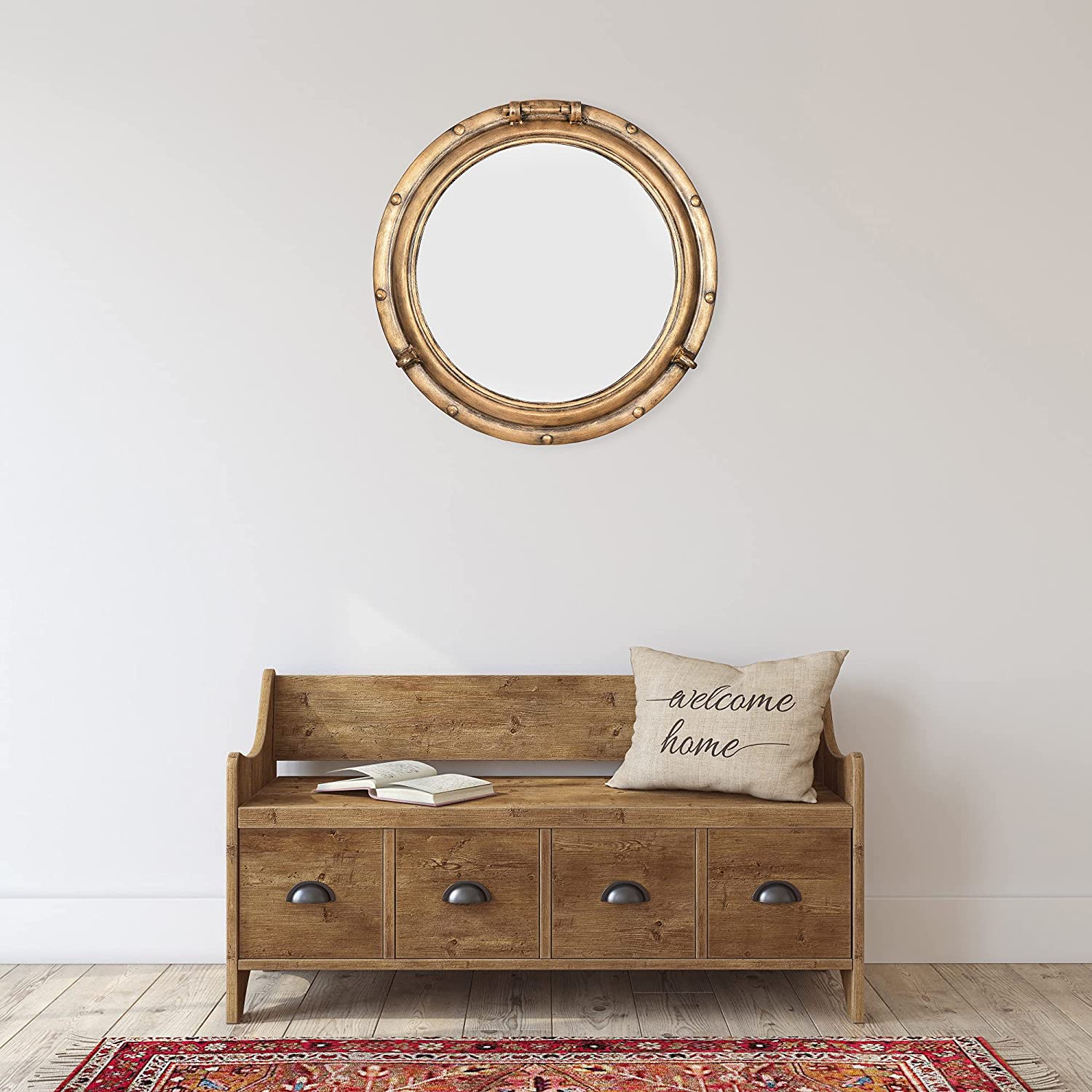
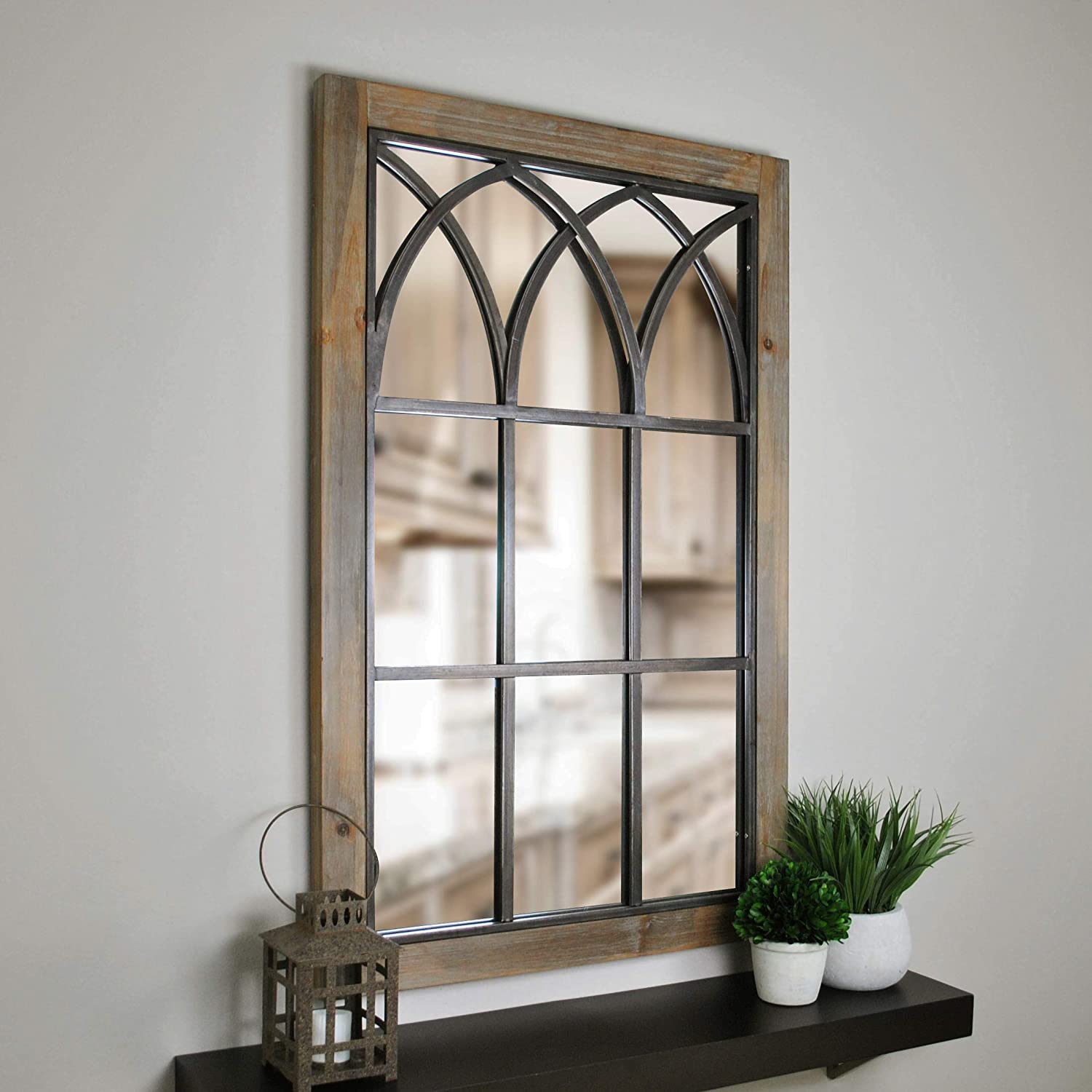
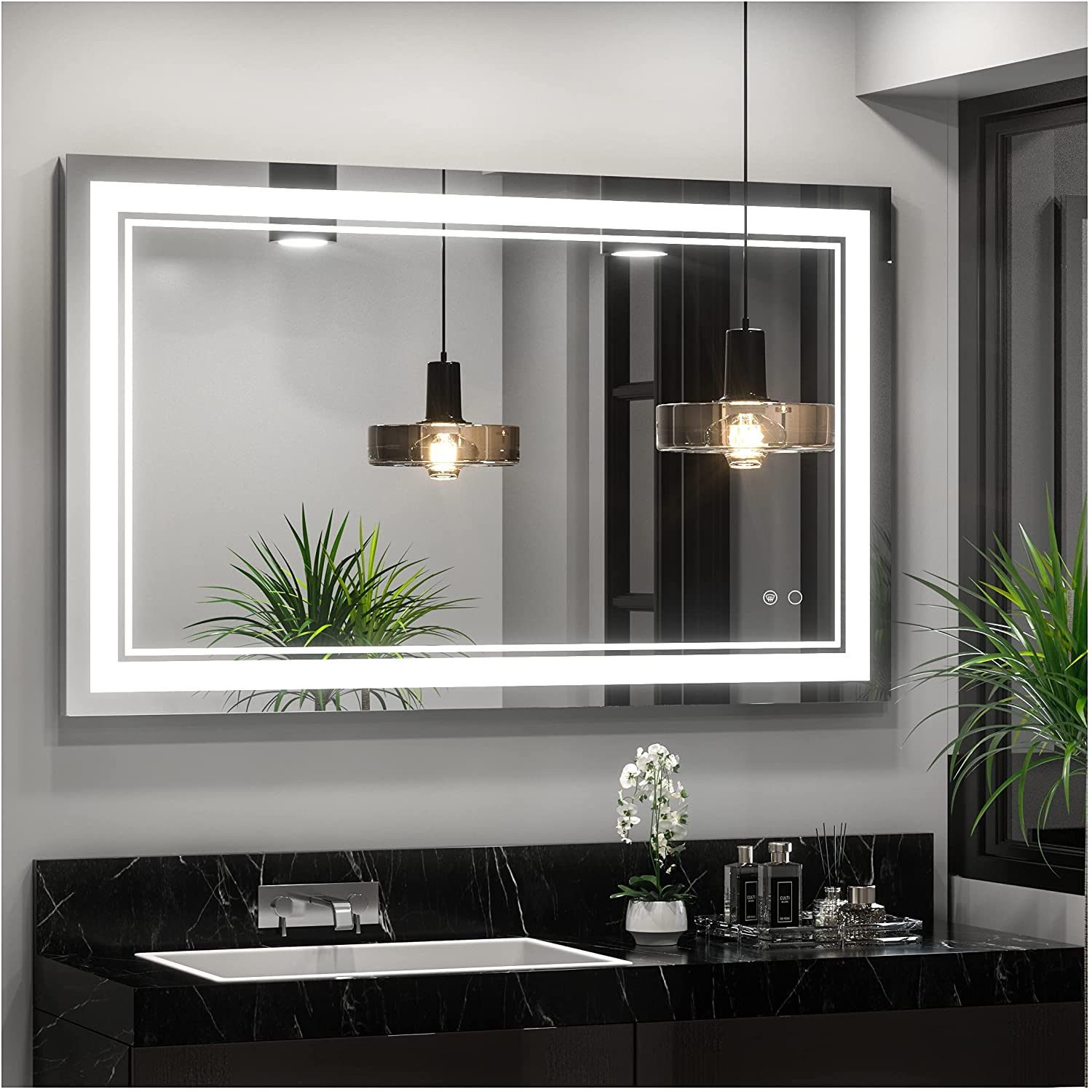
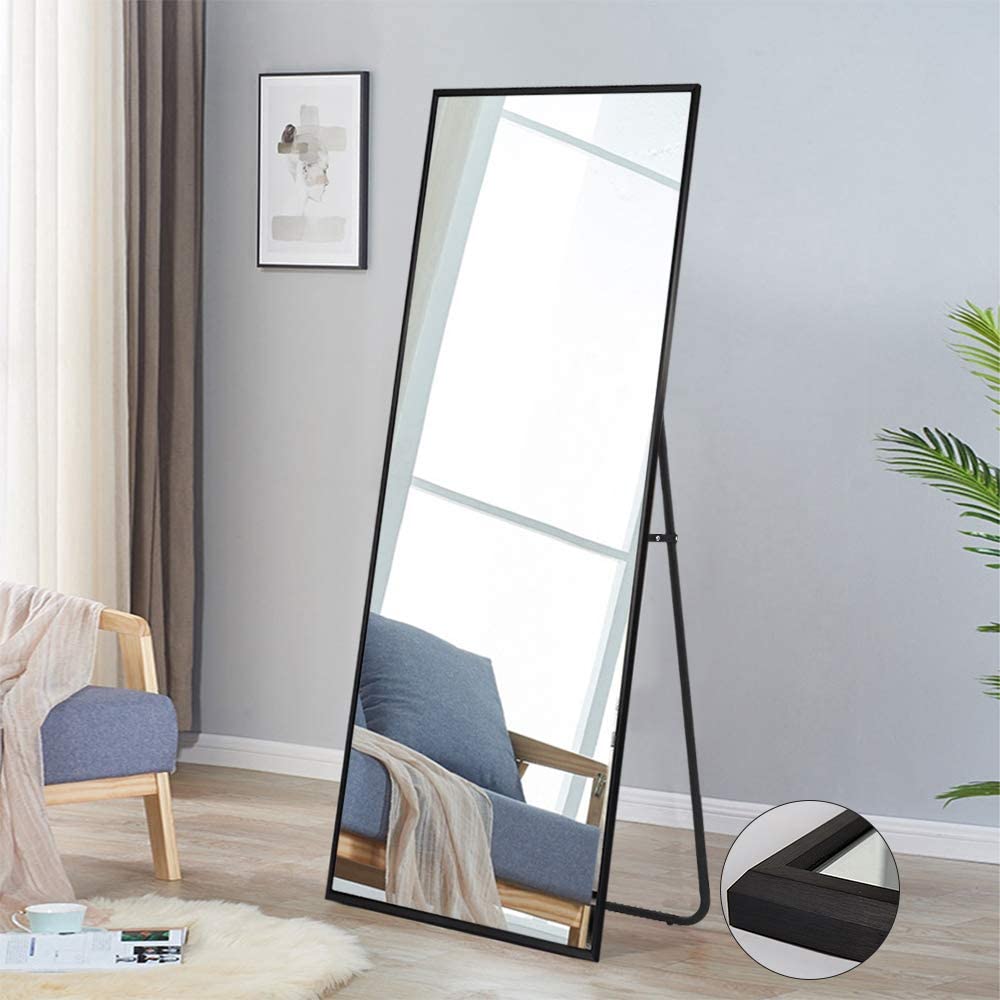
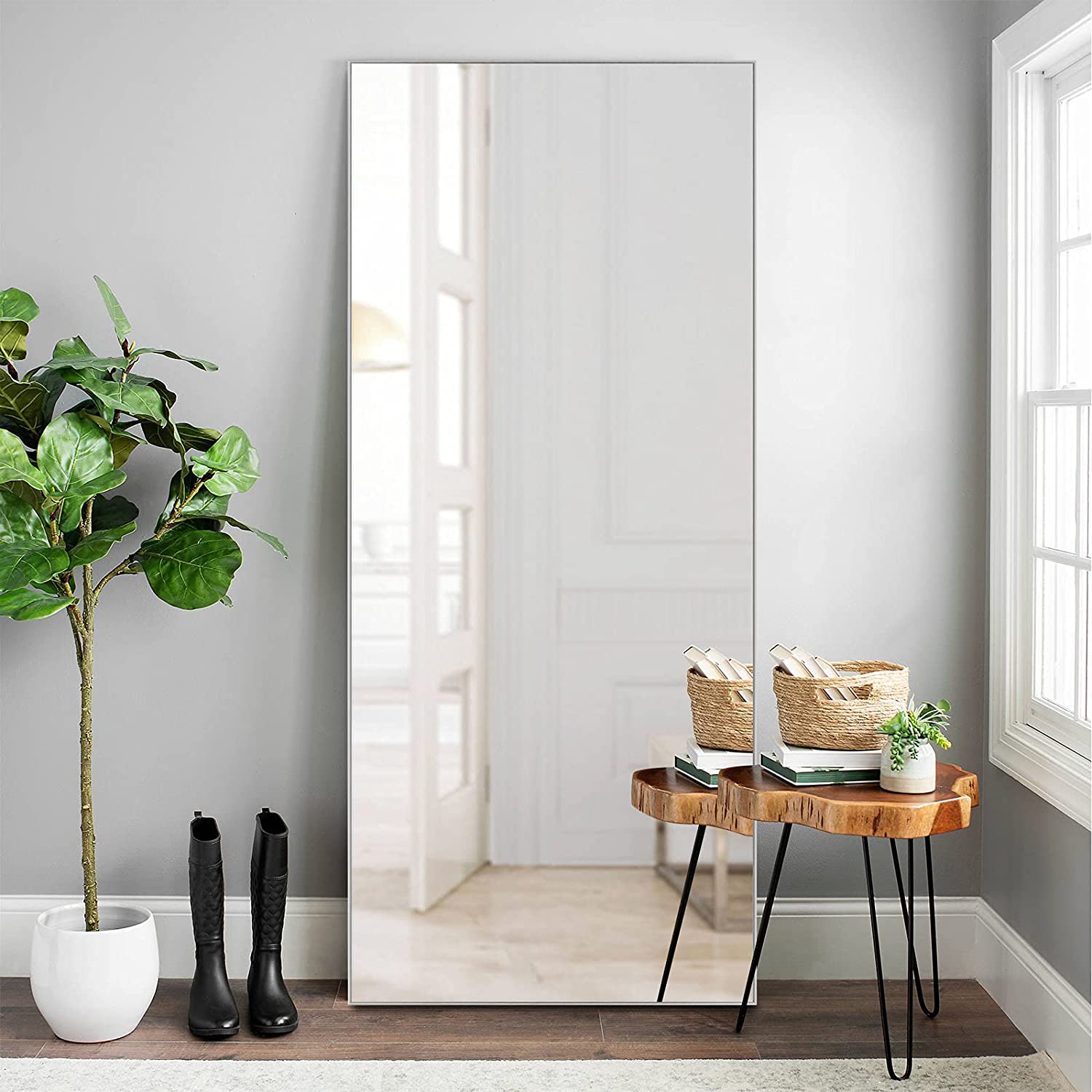
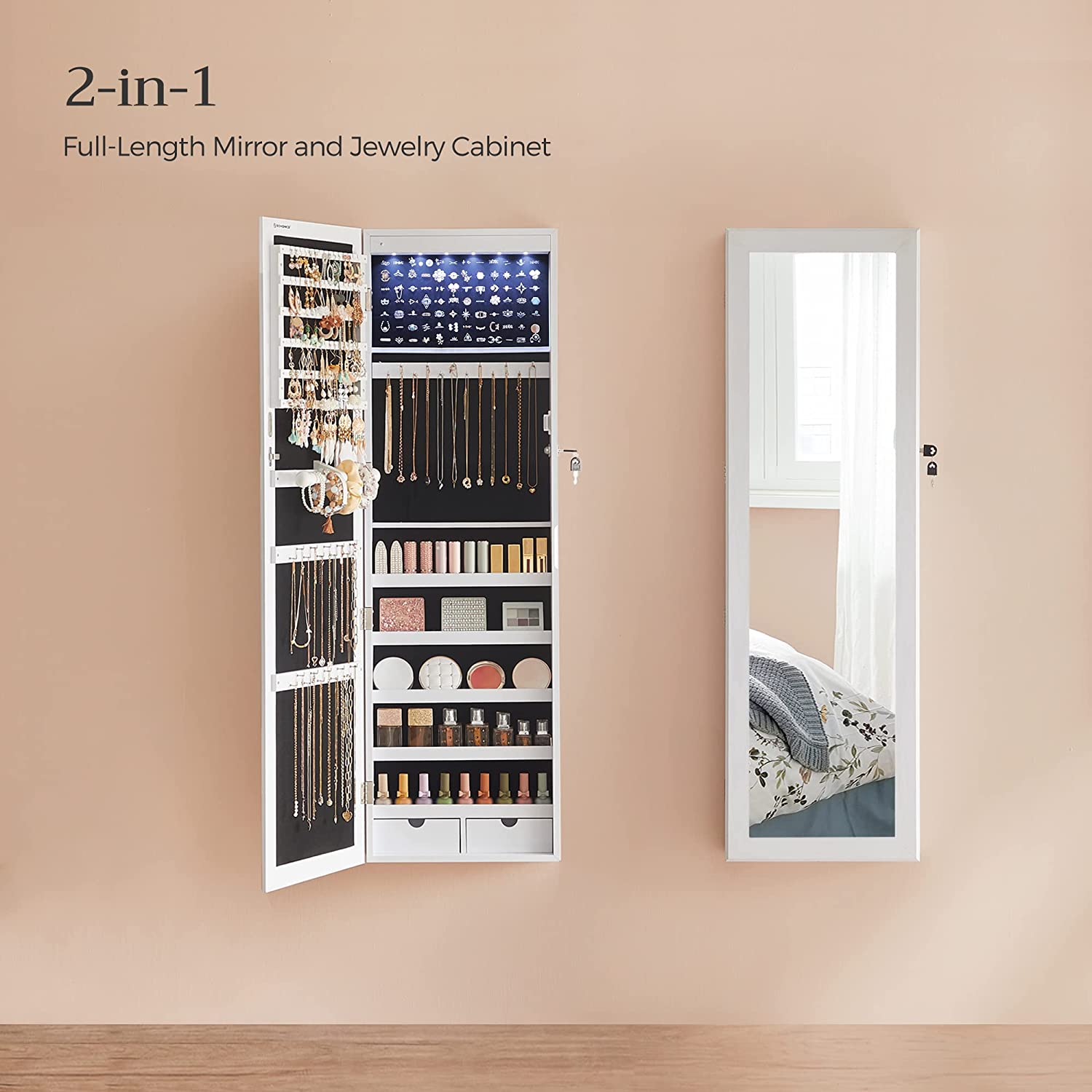
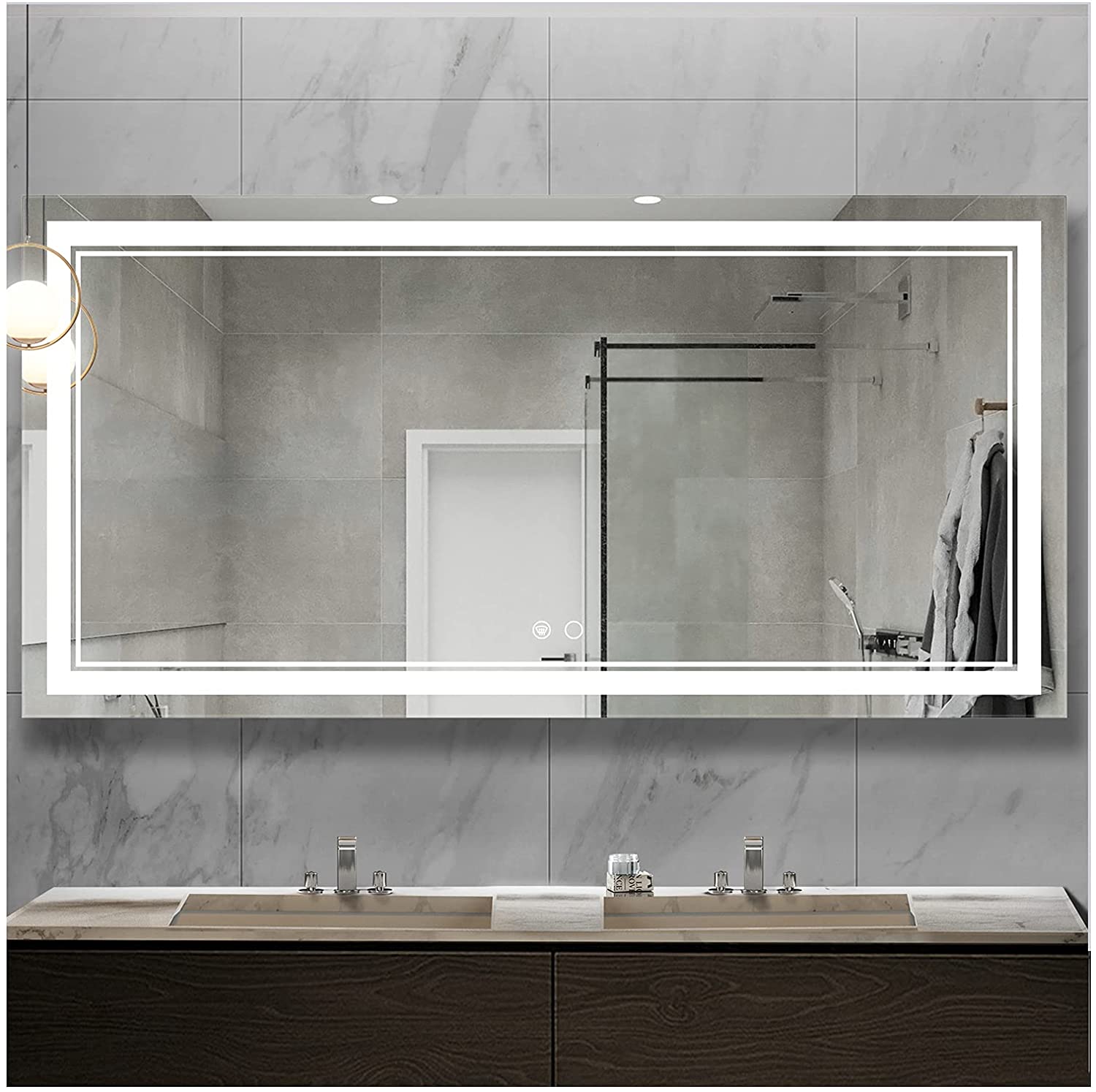
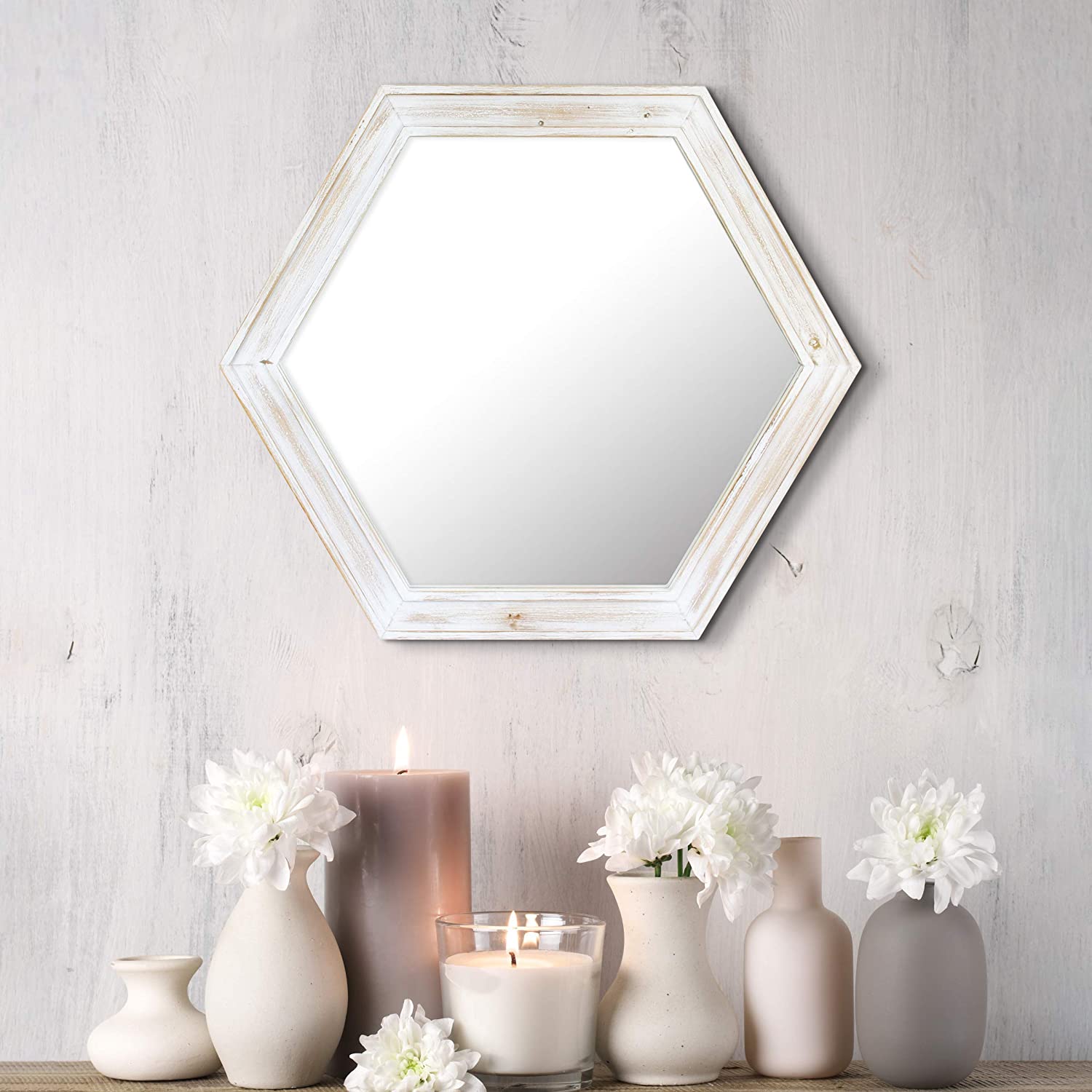
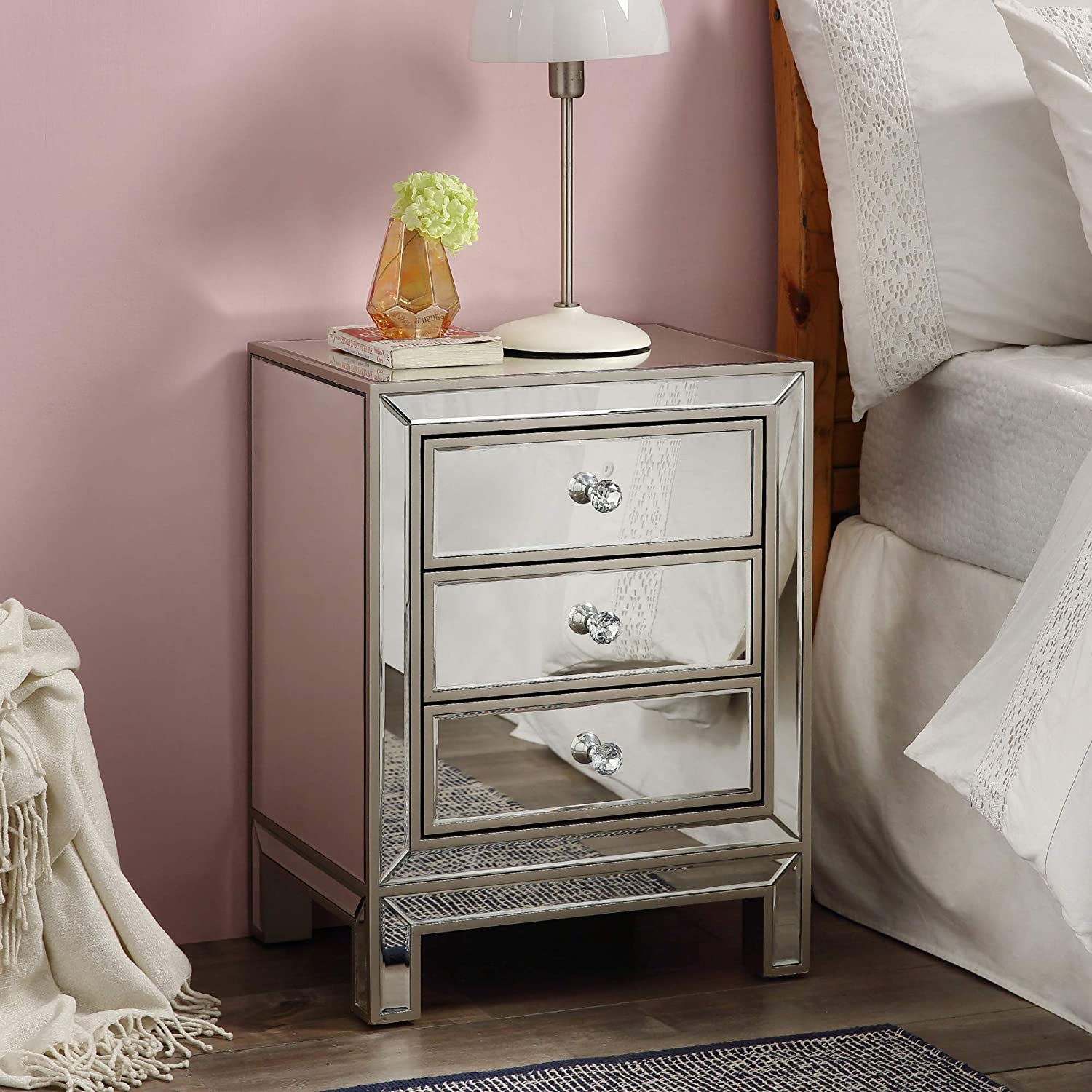
You must be logged in to post a comment.